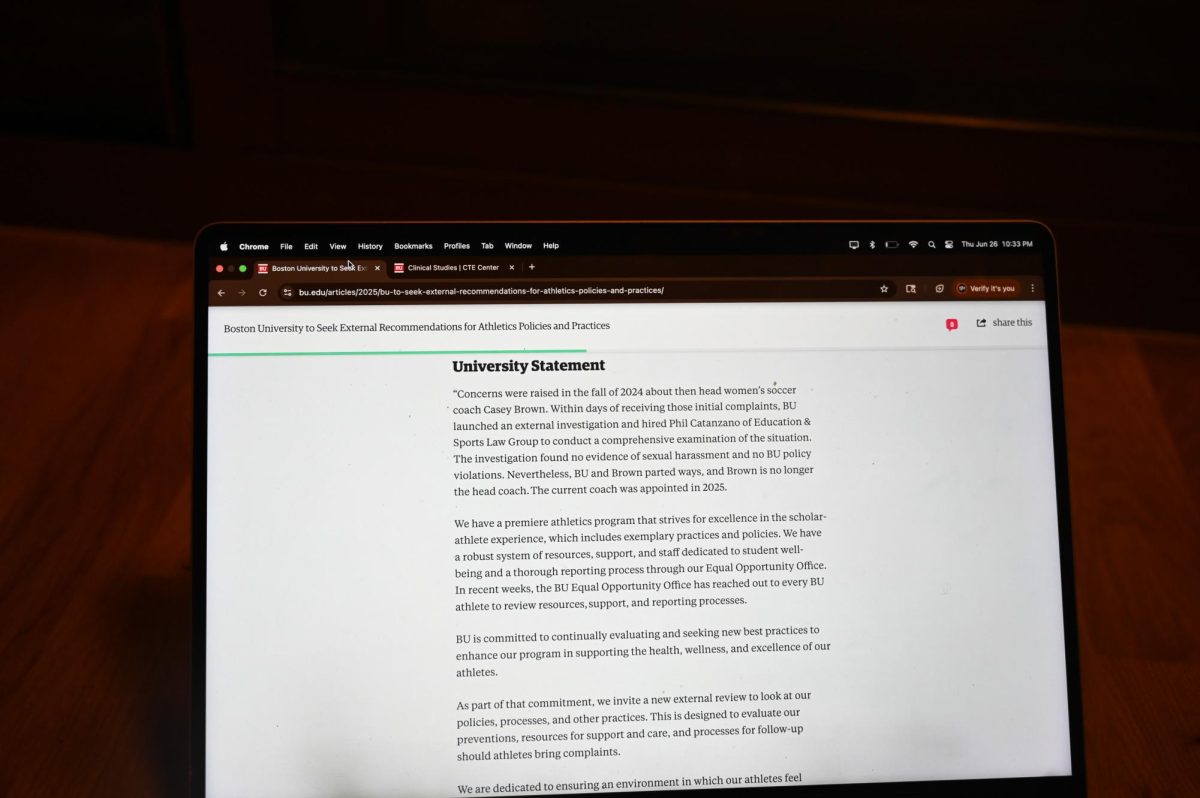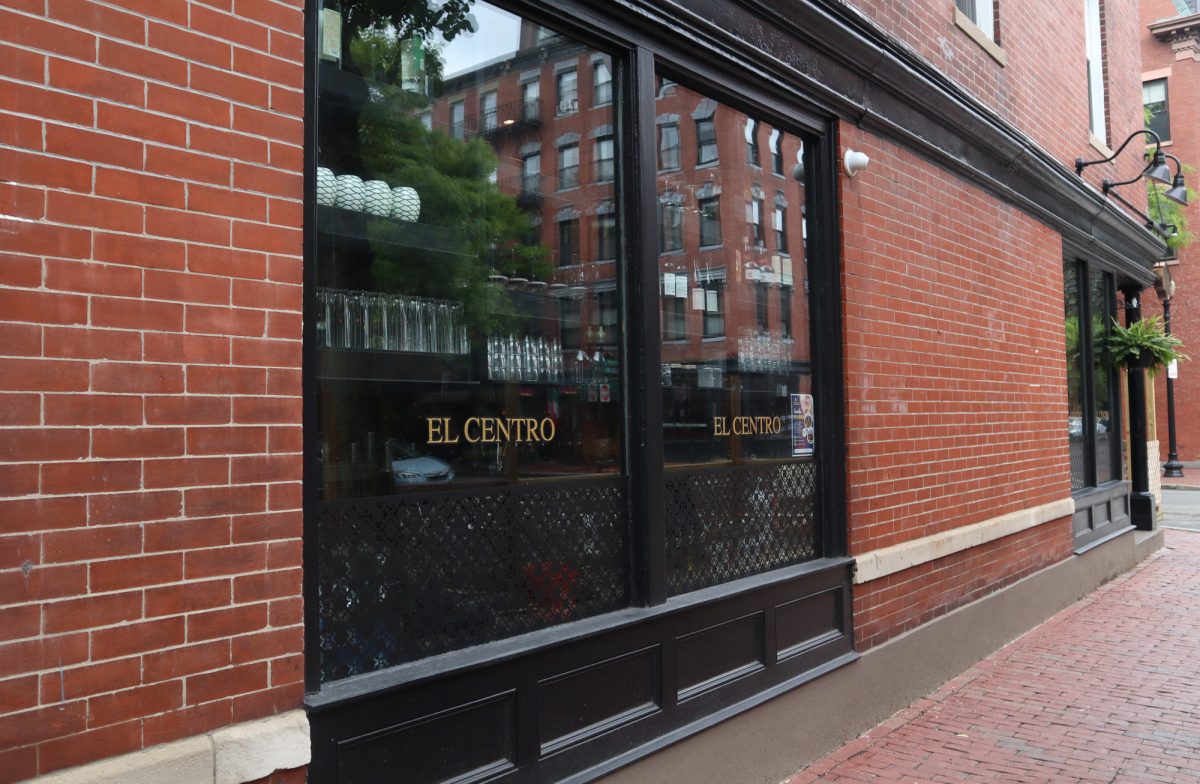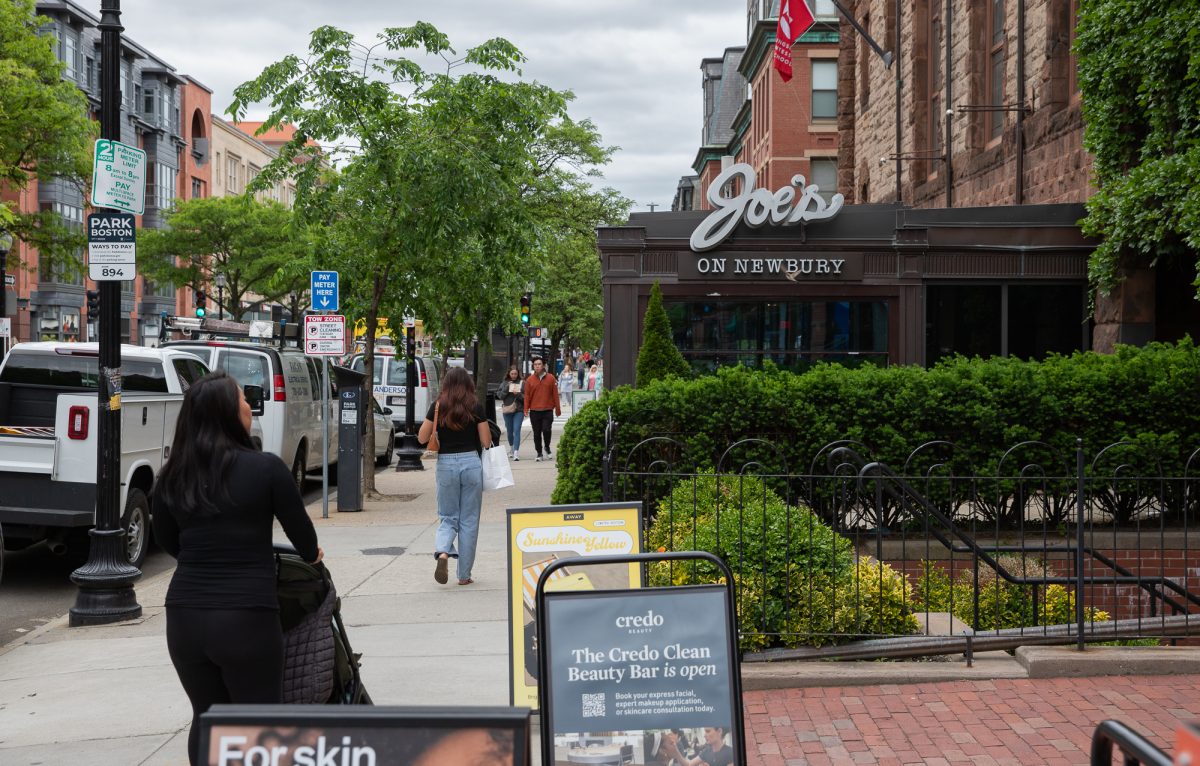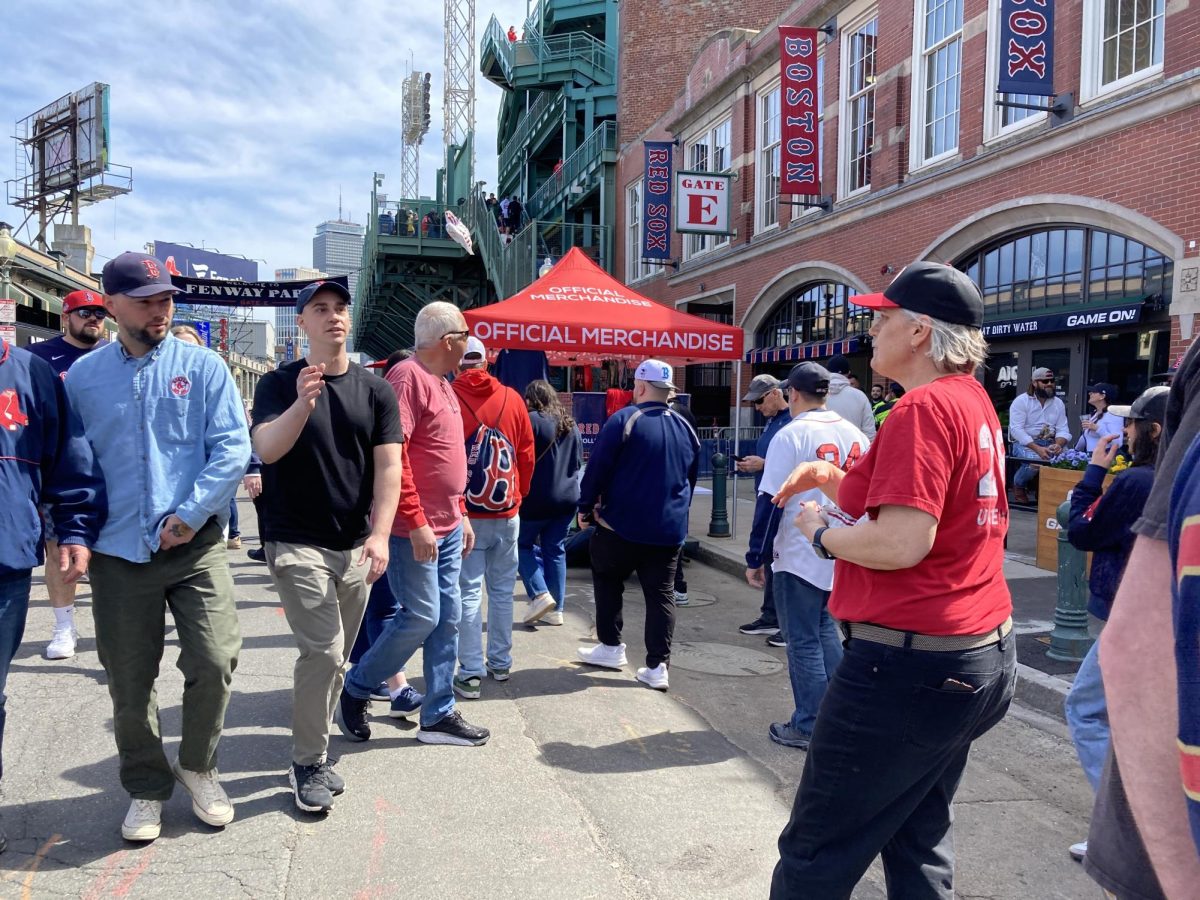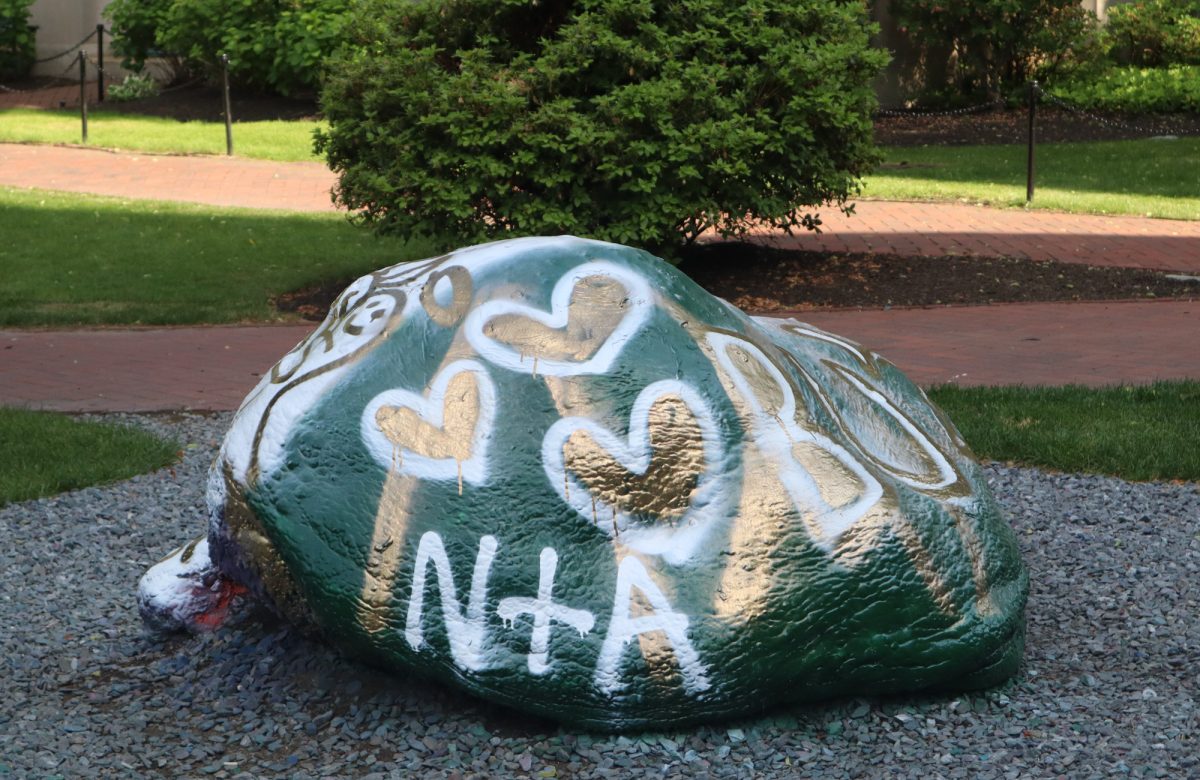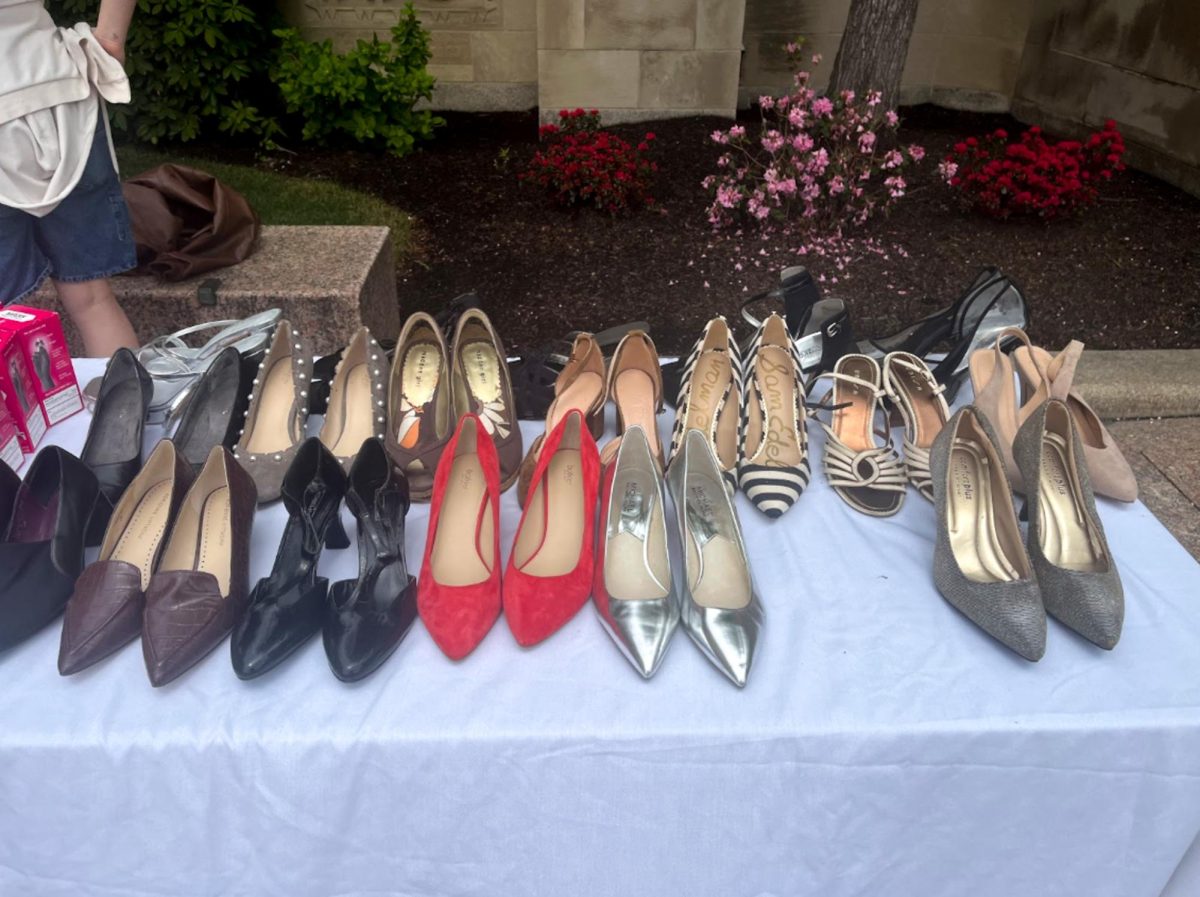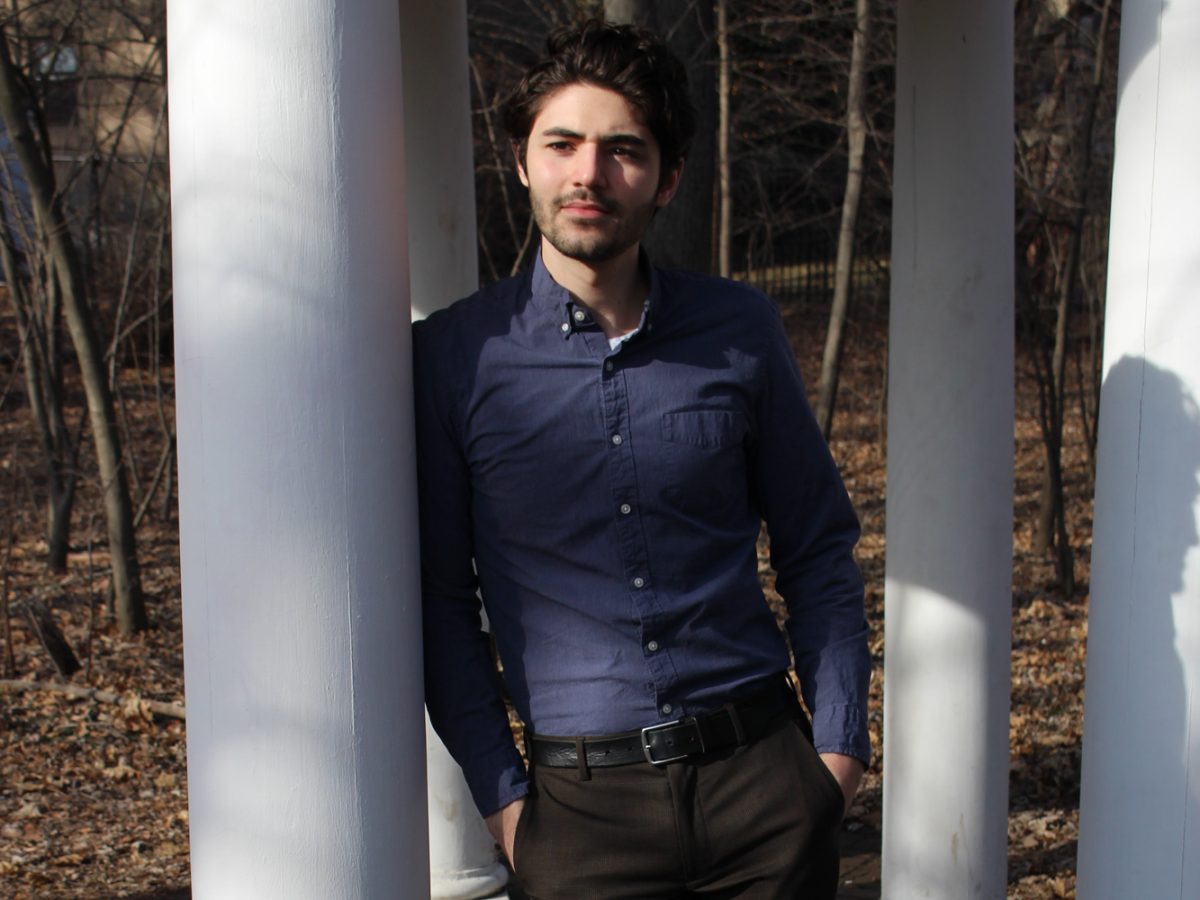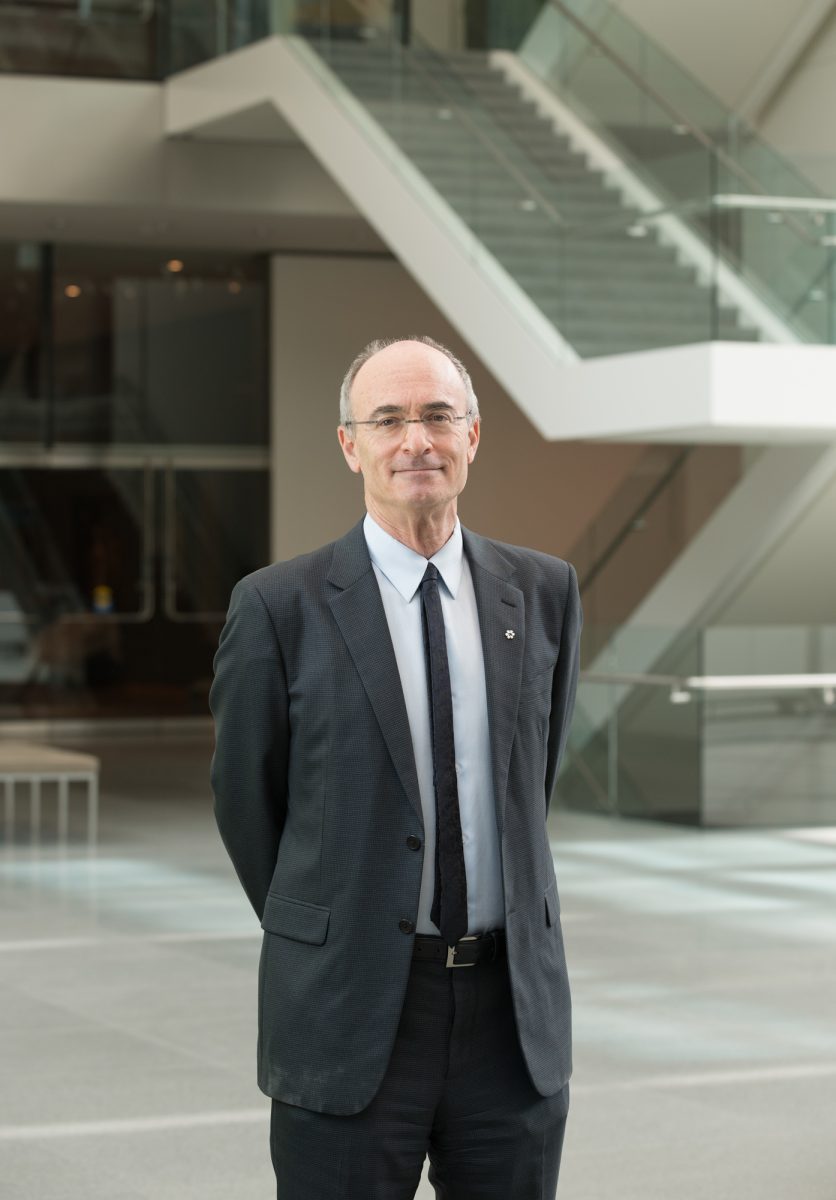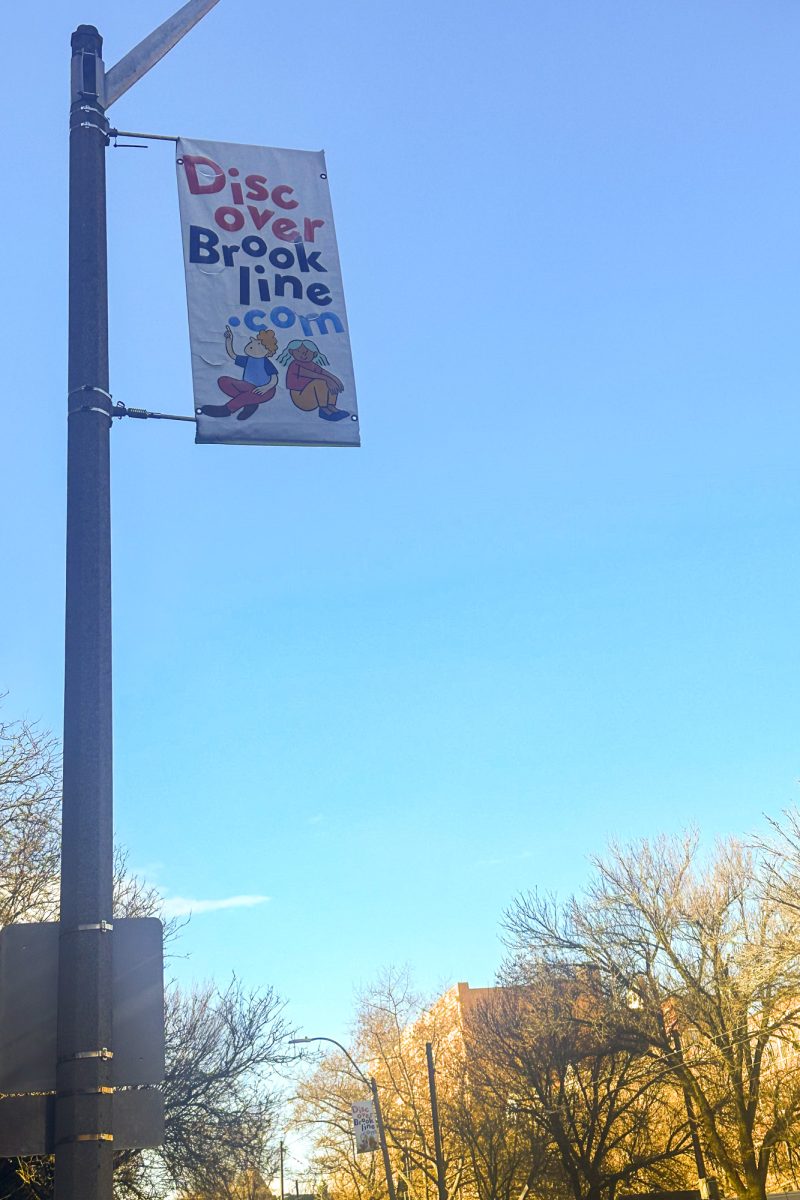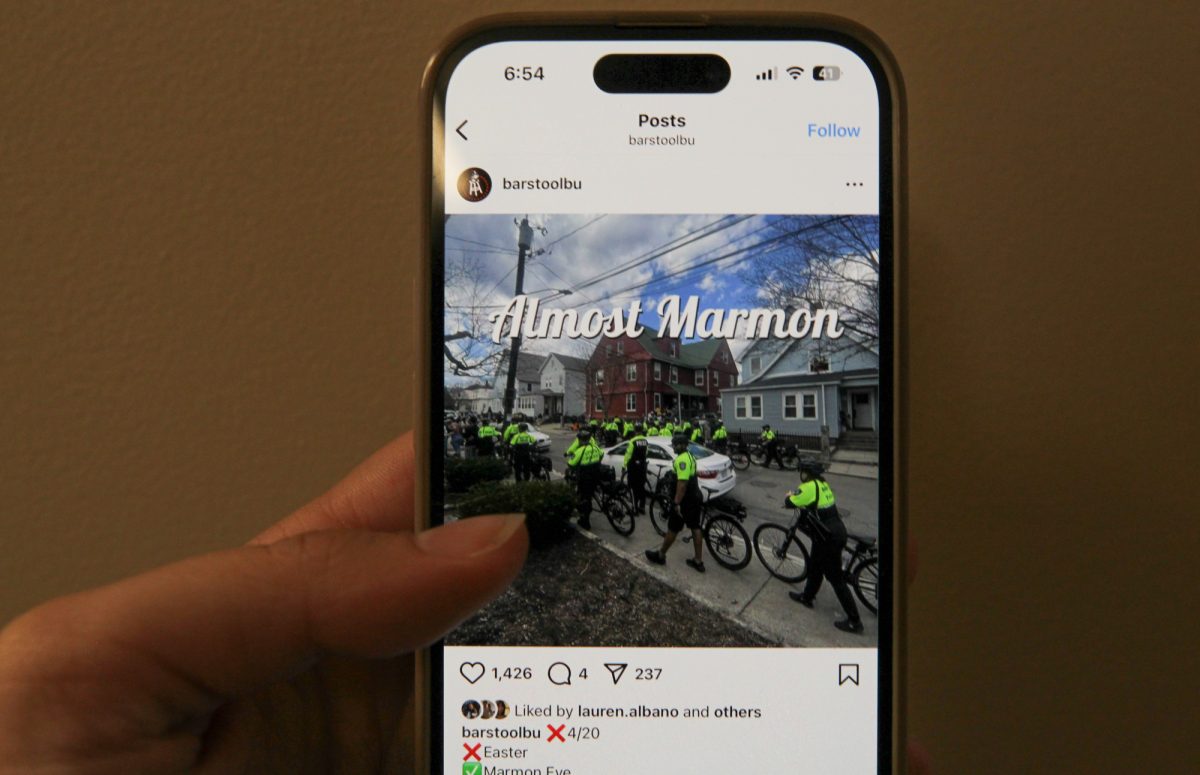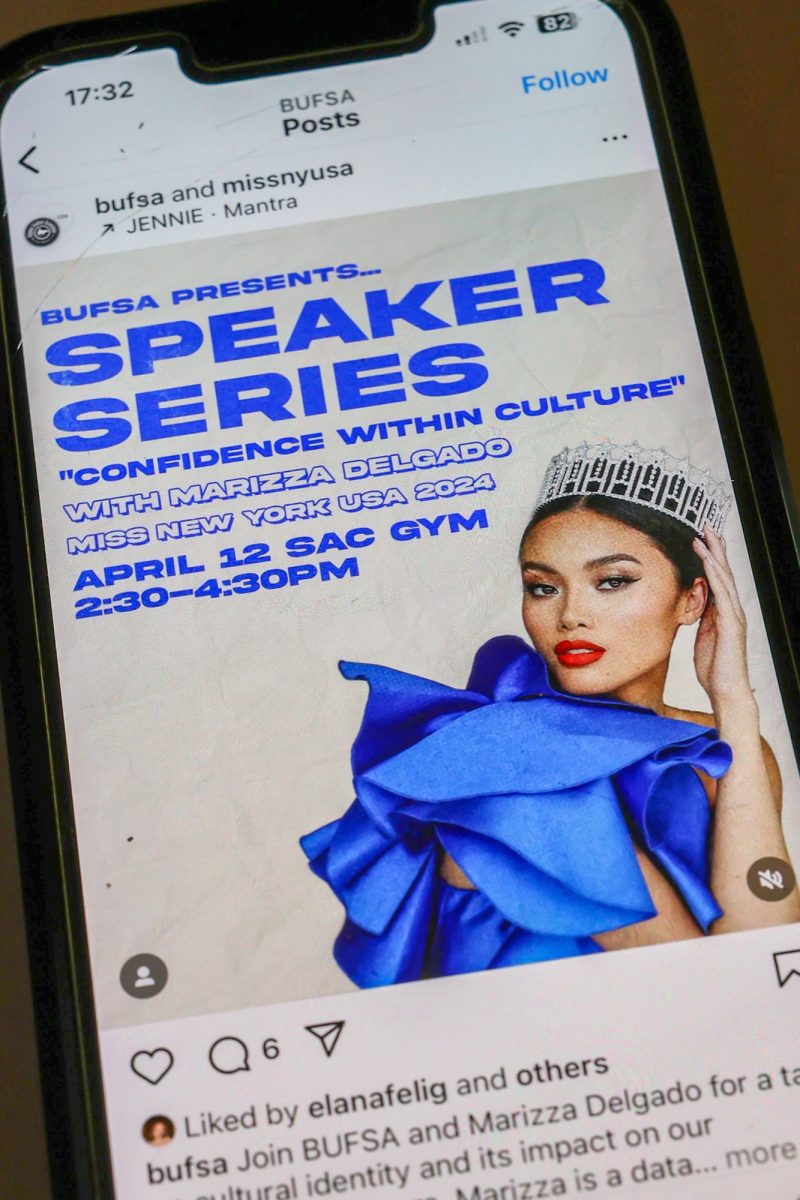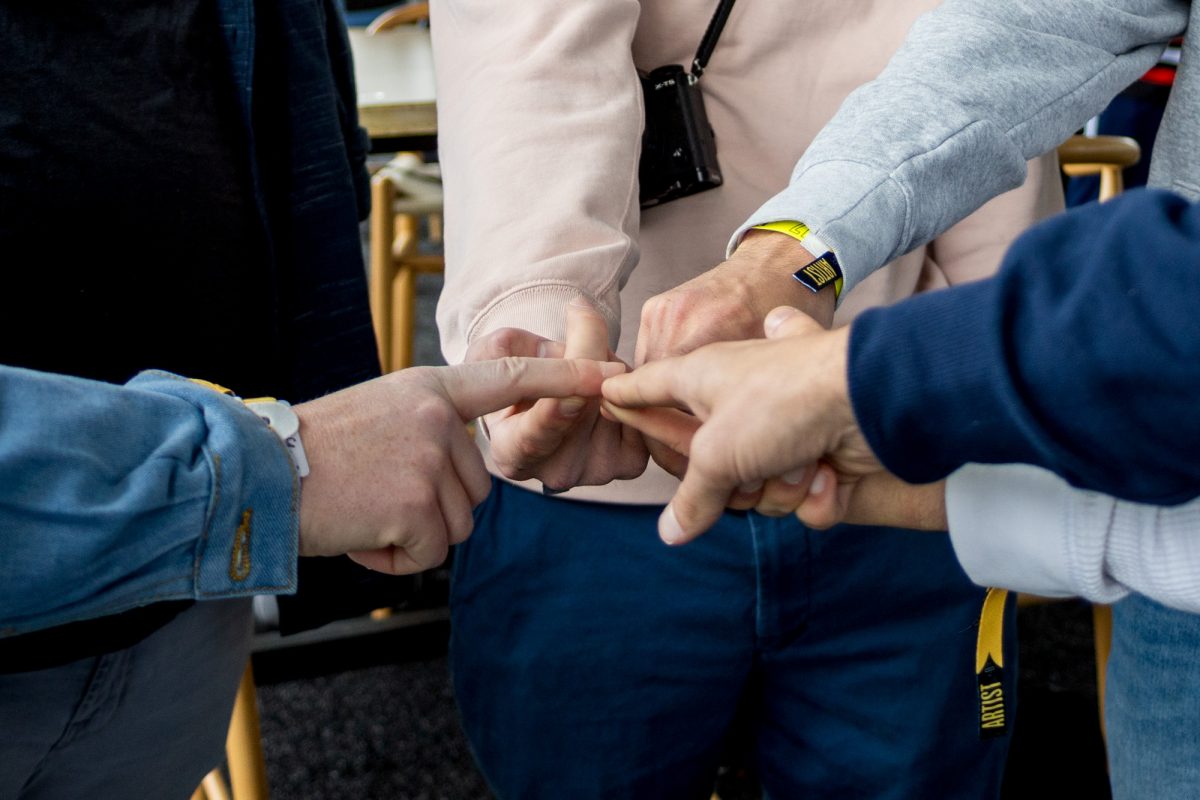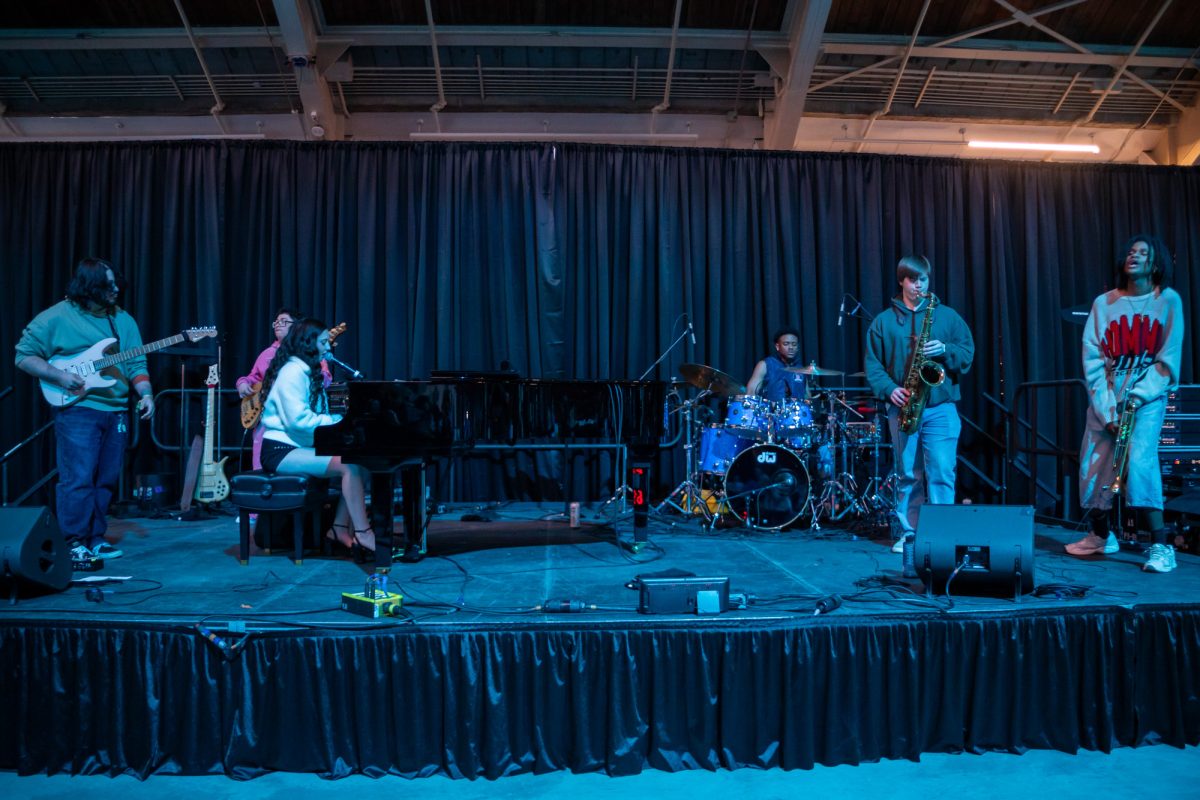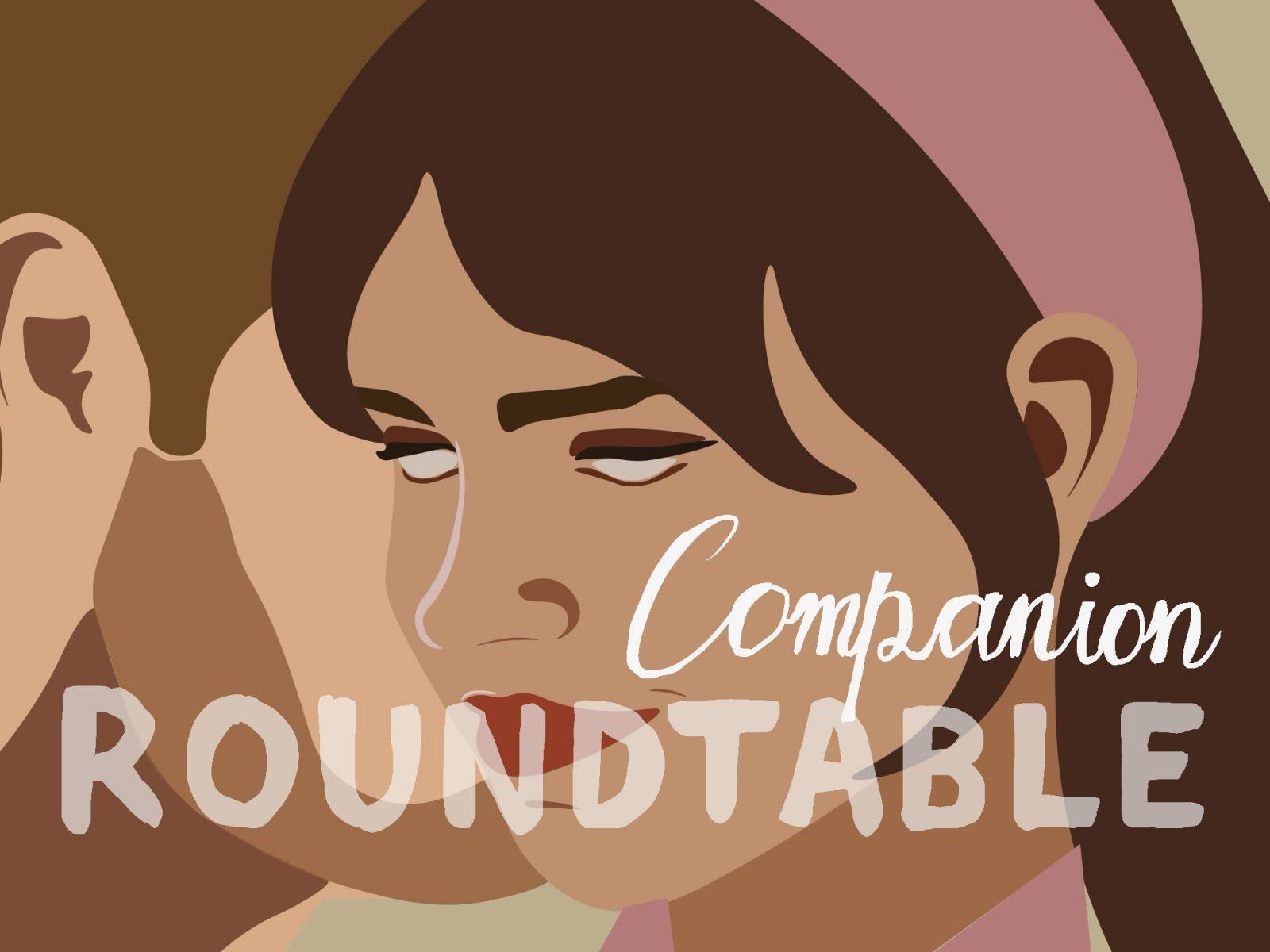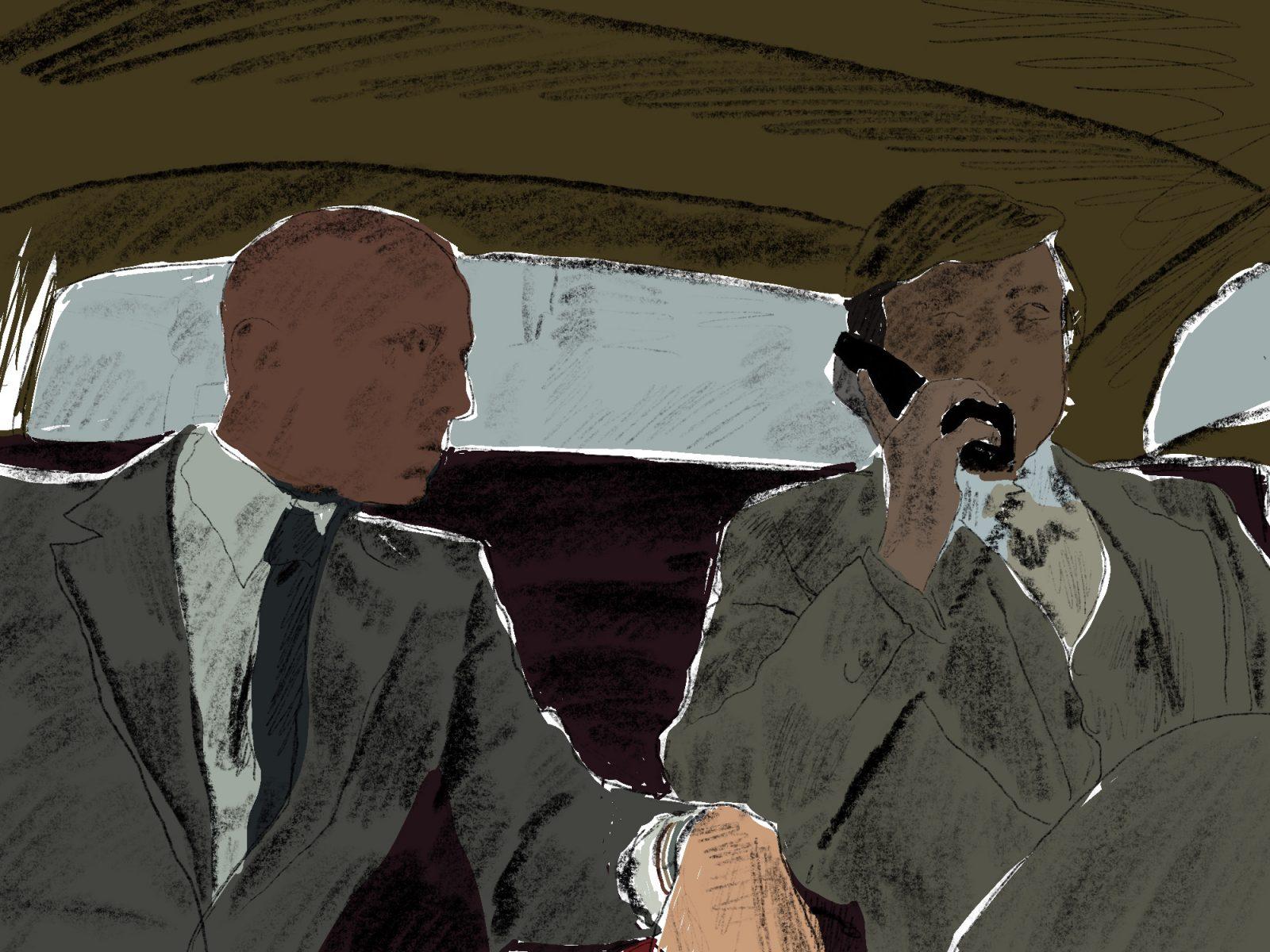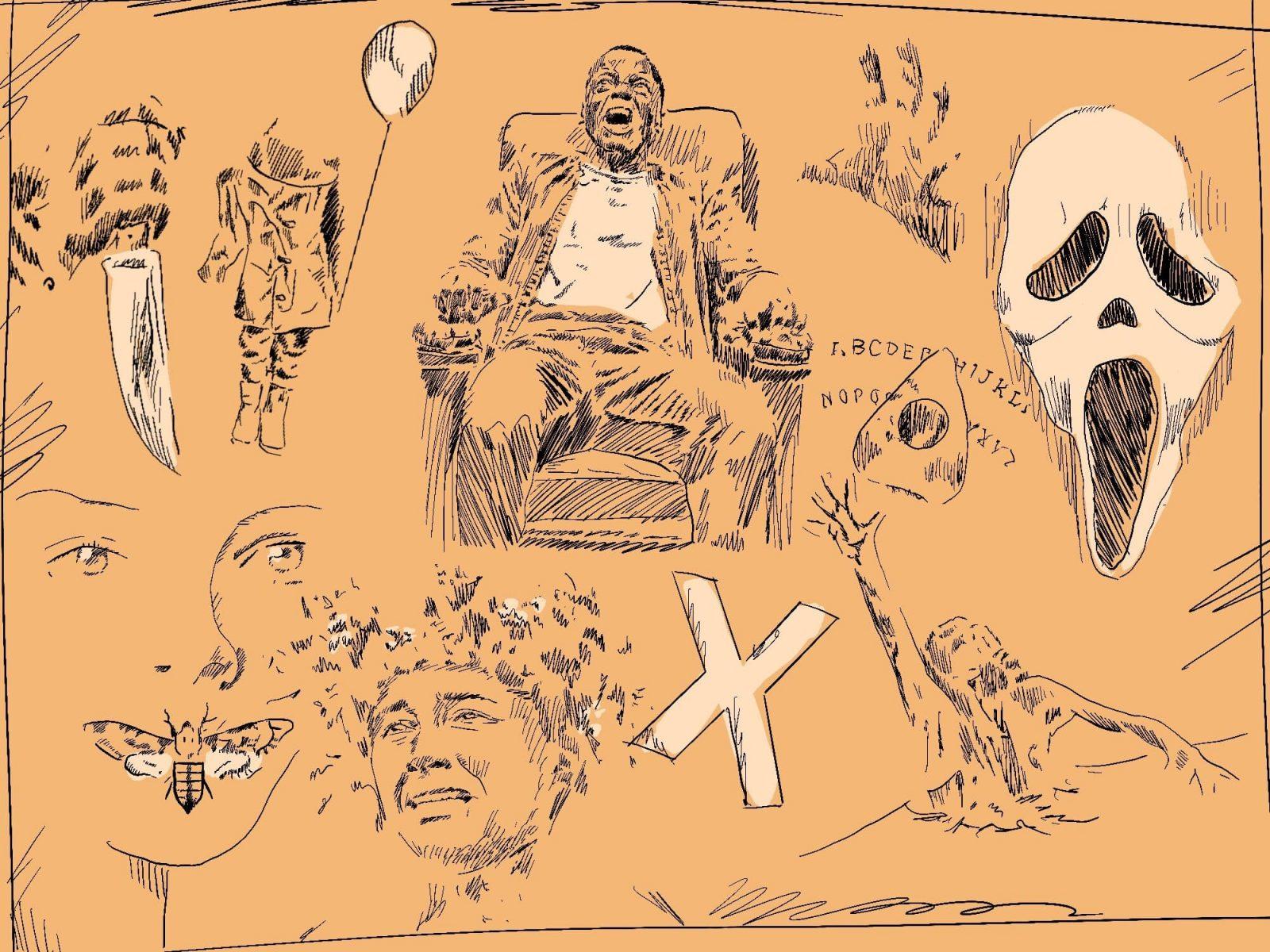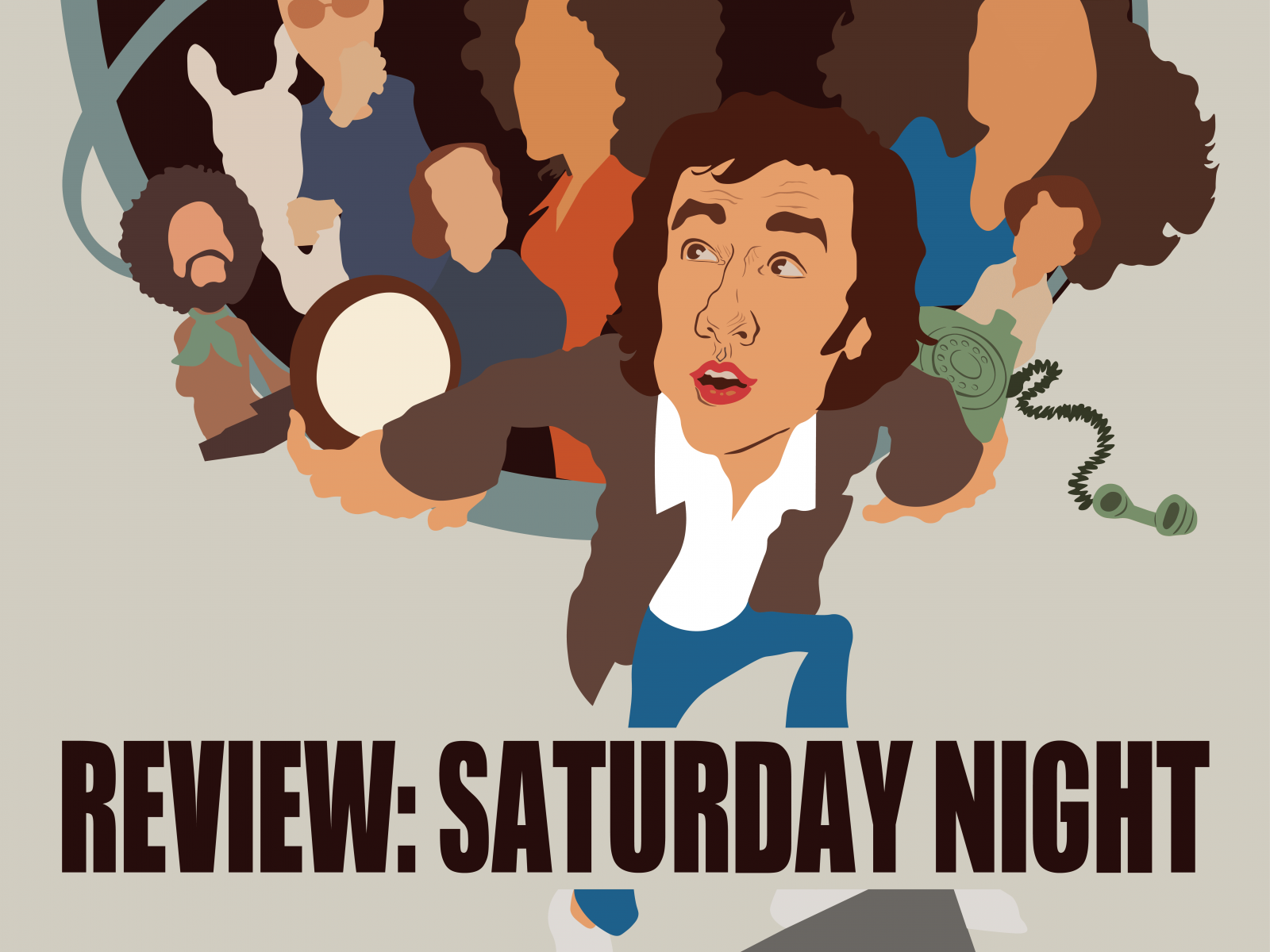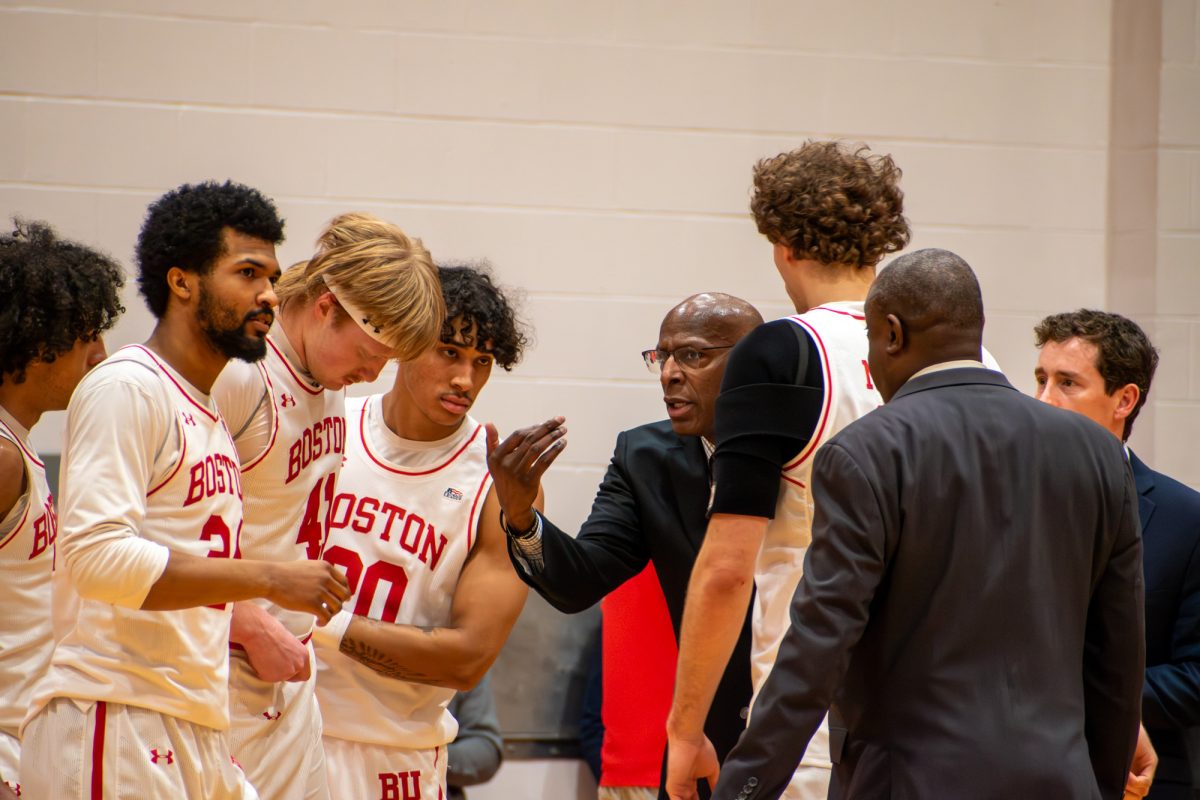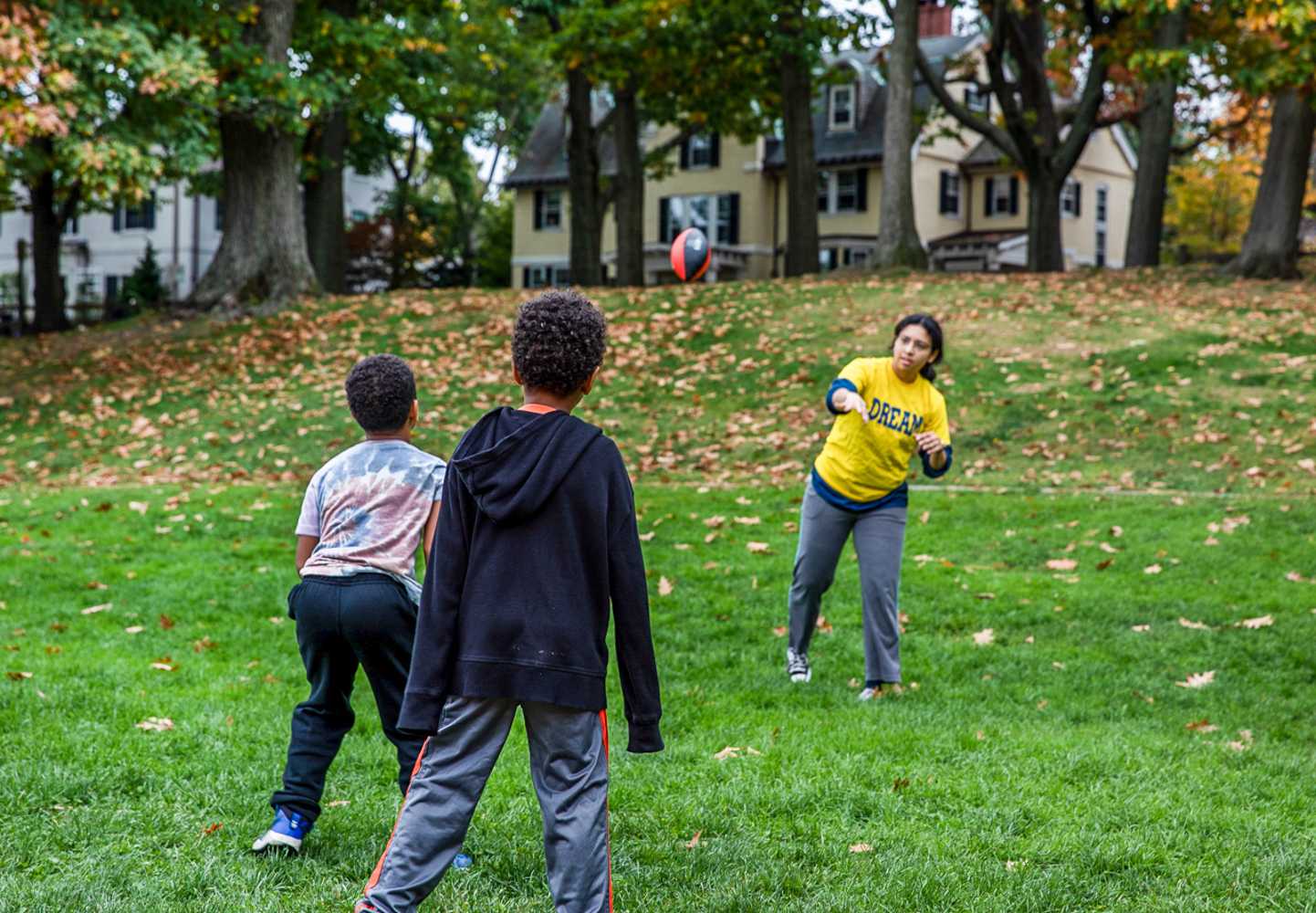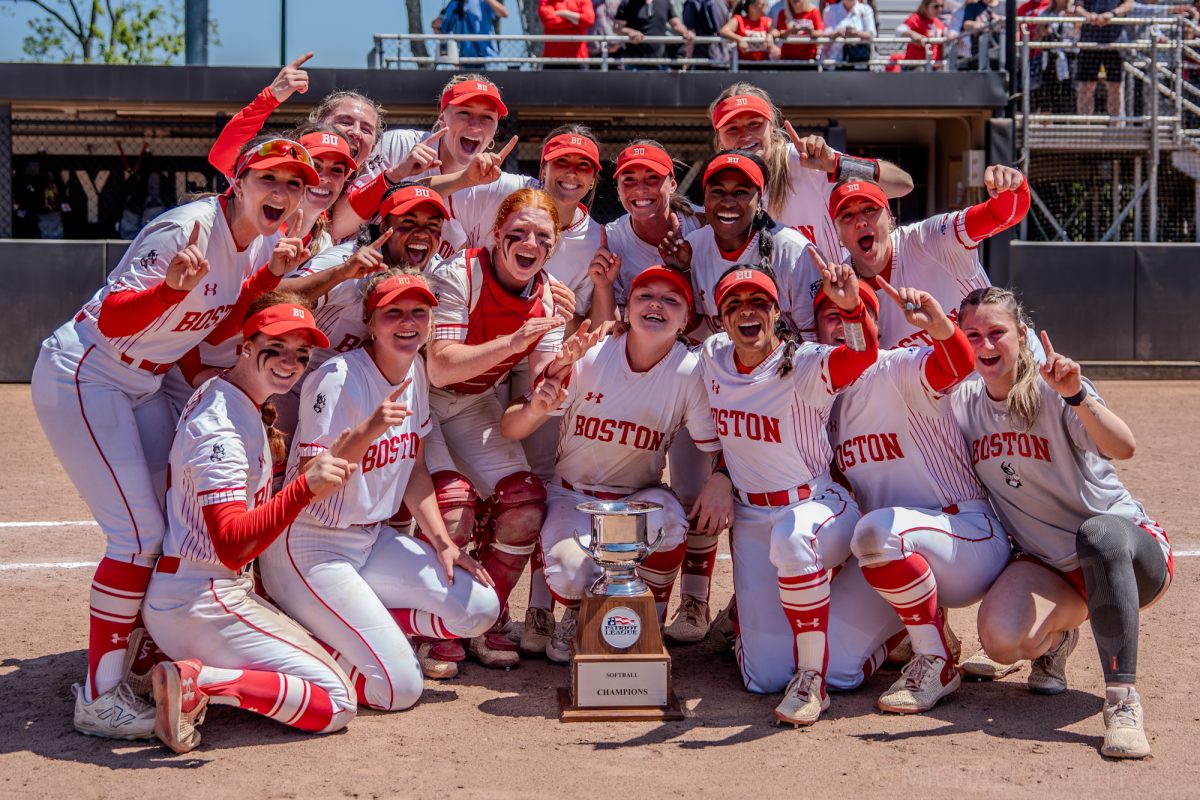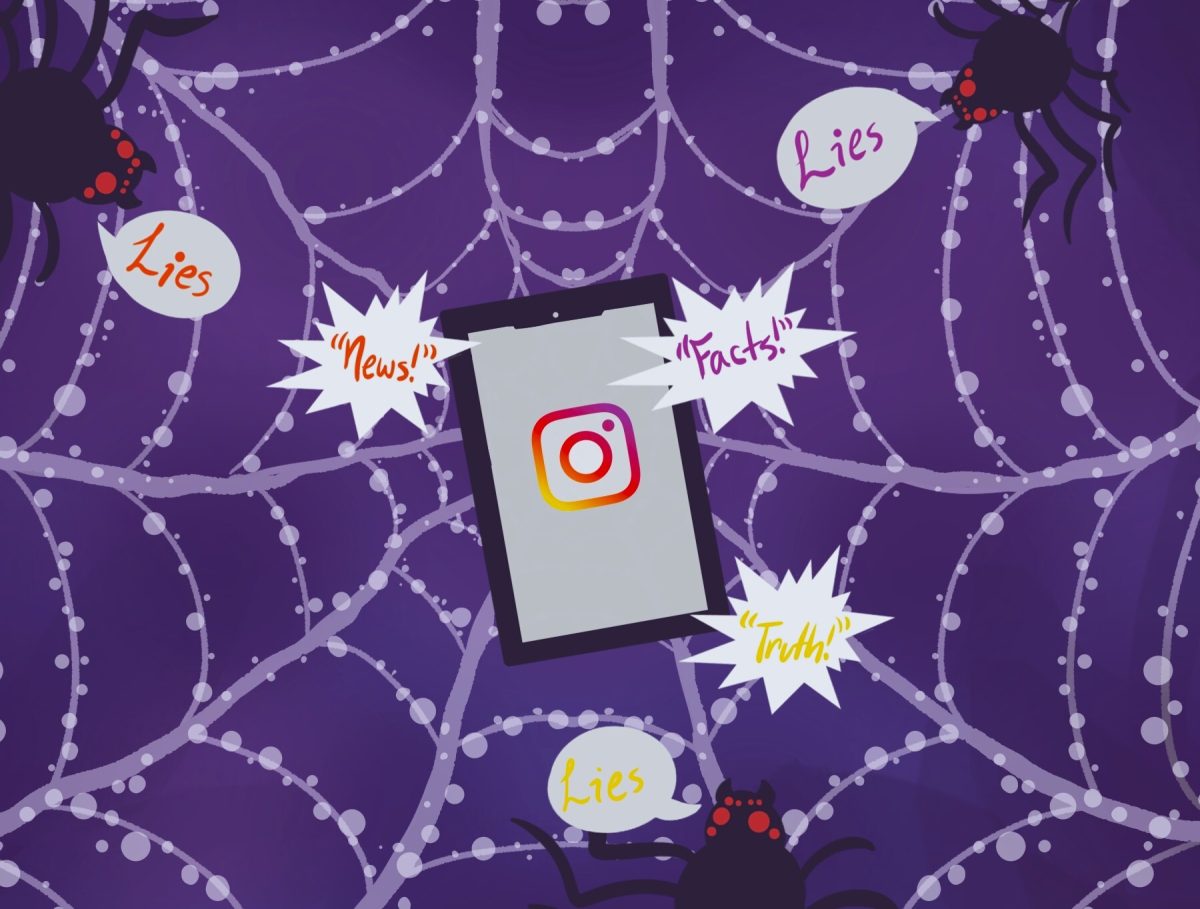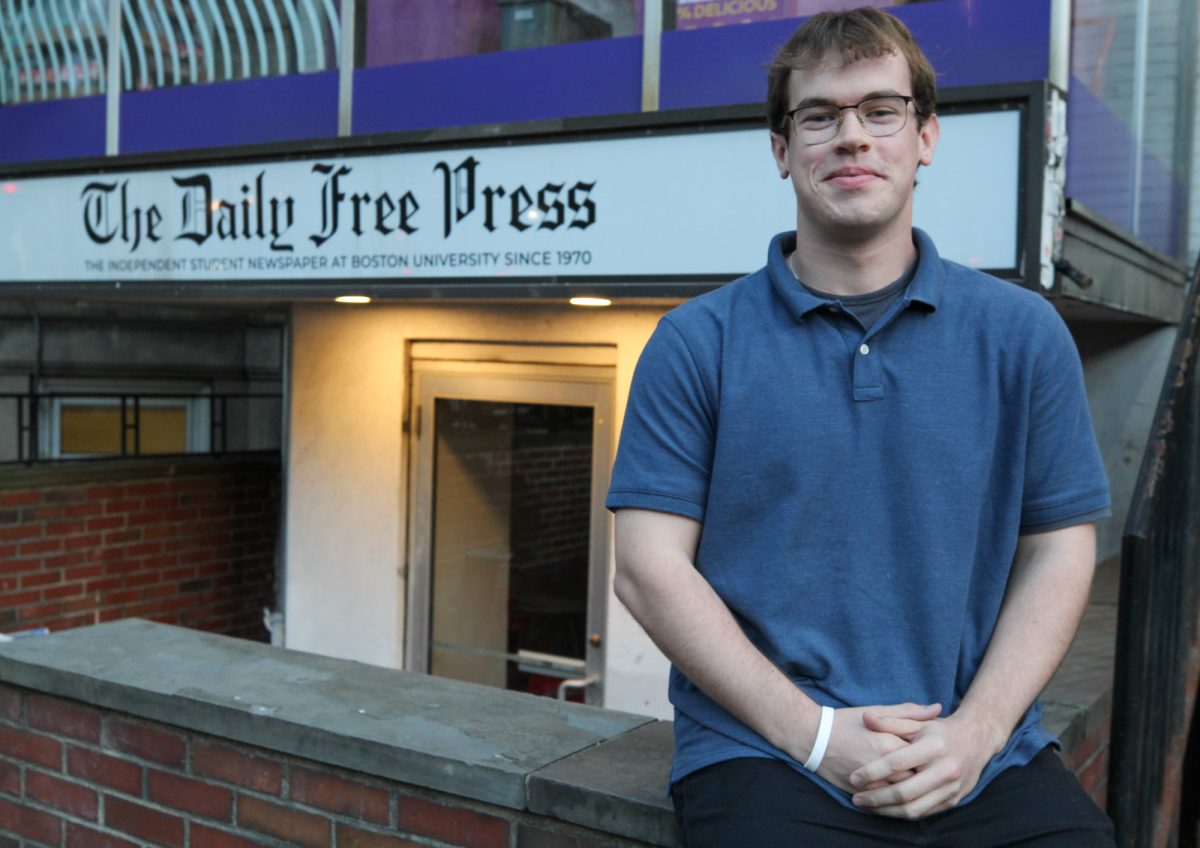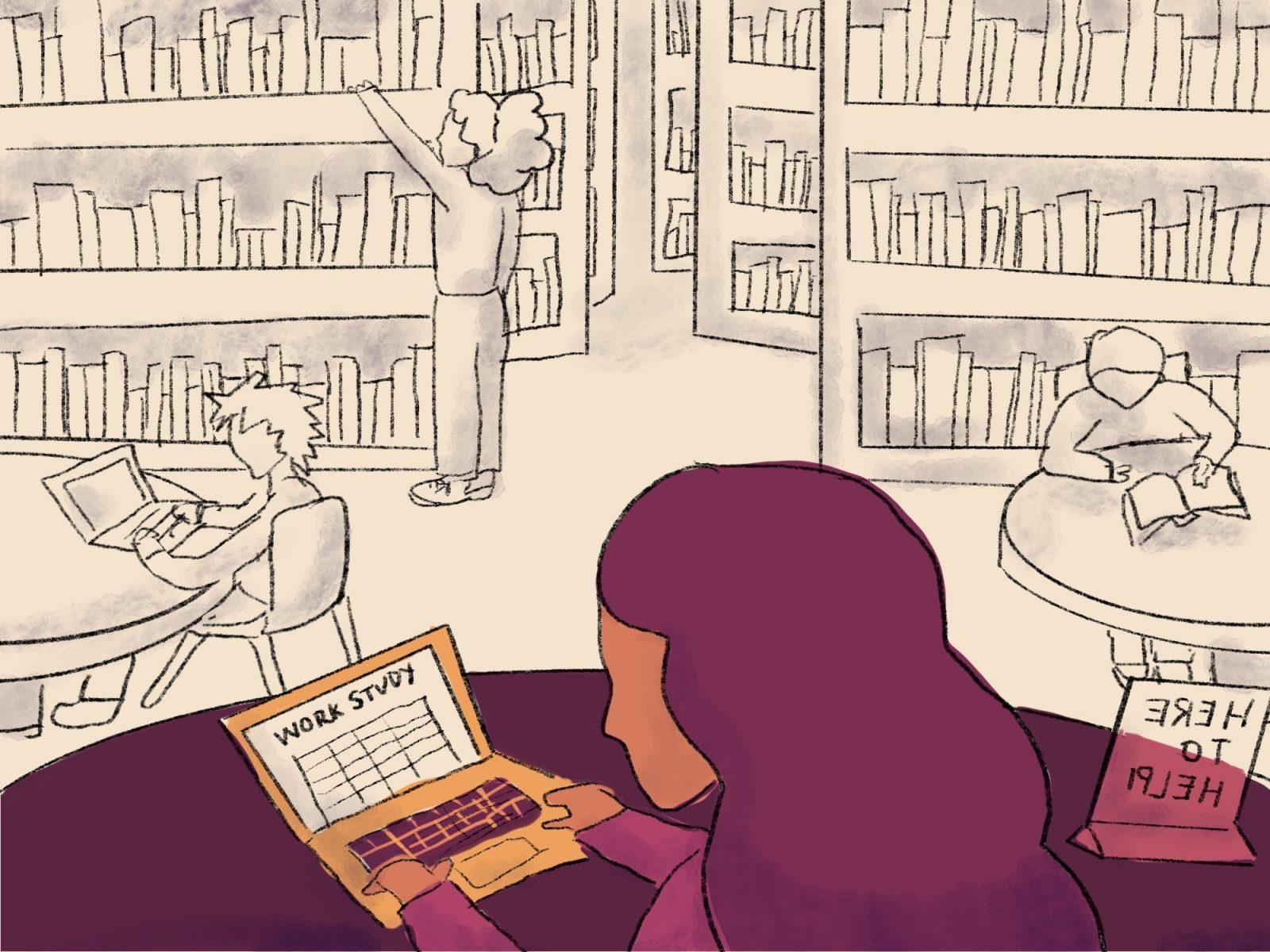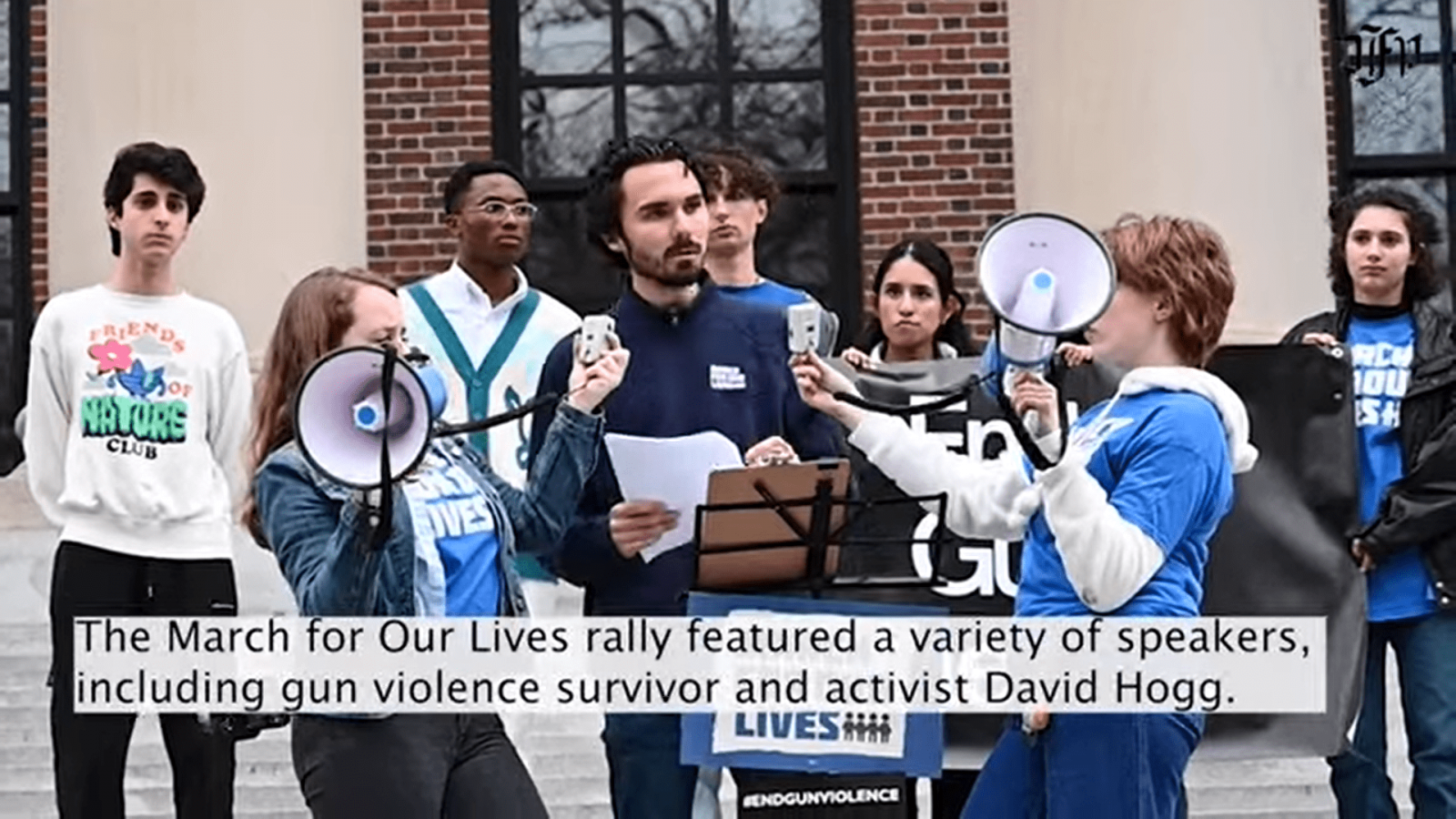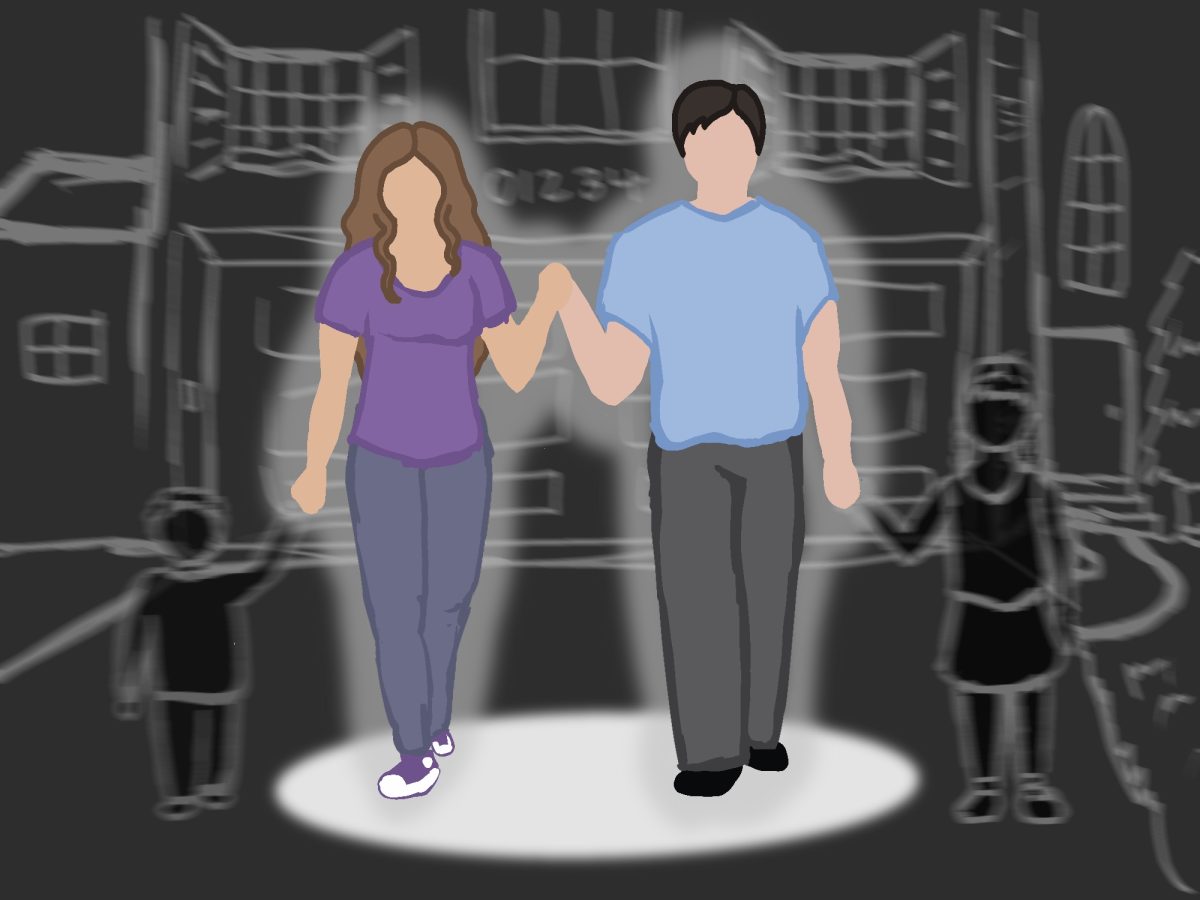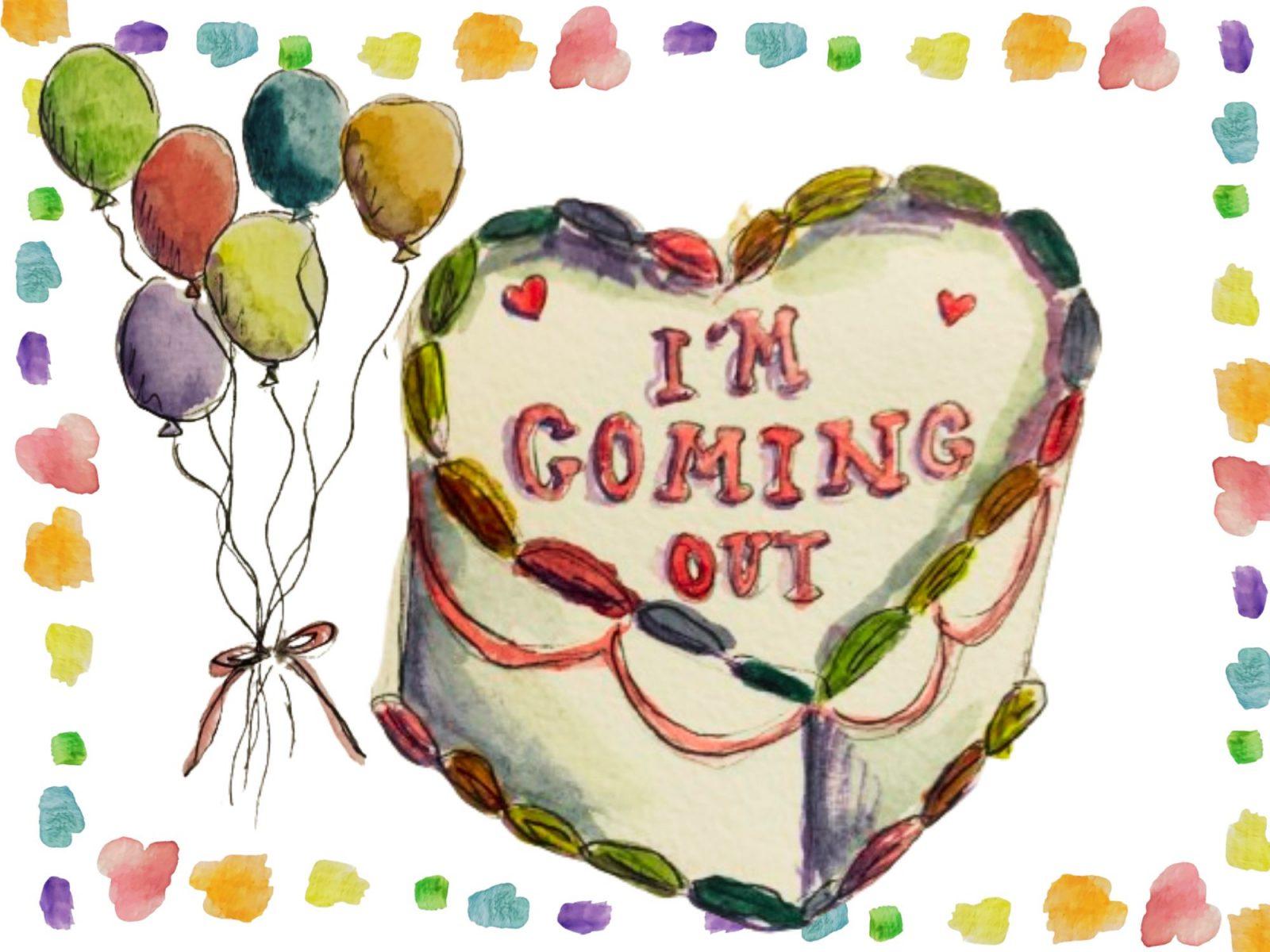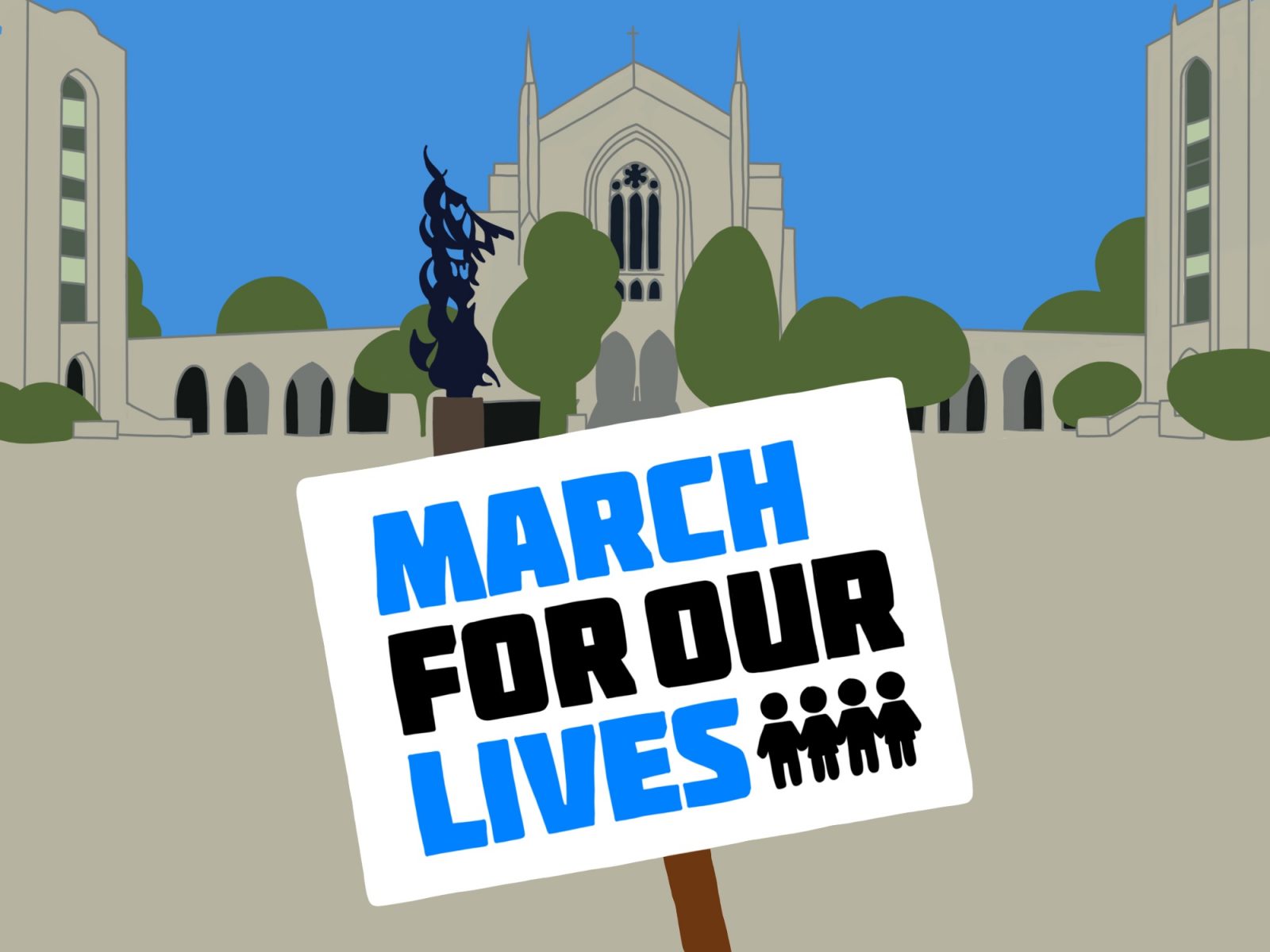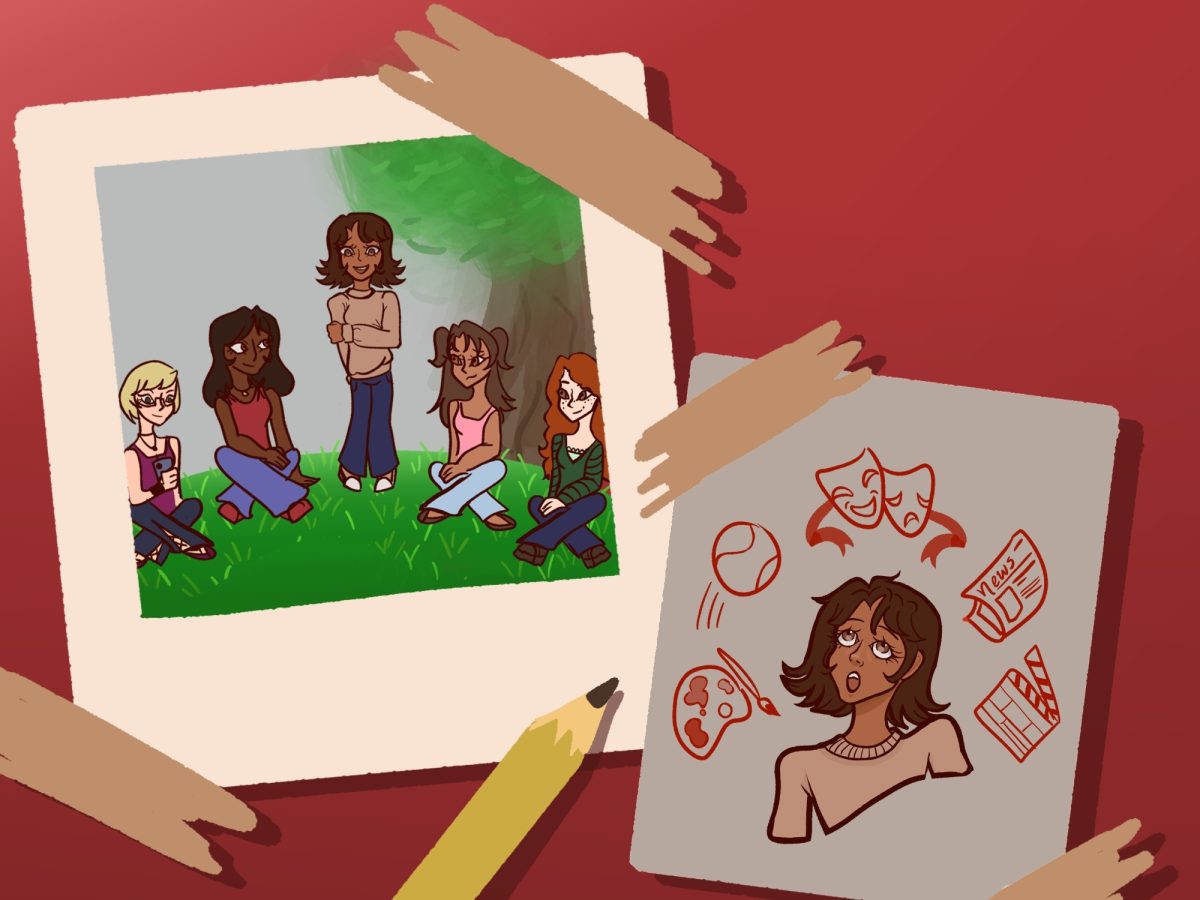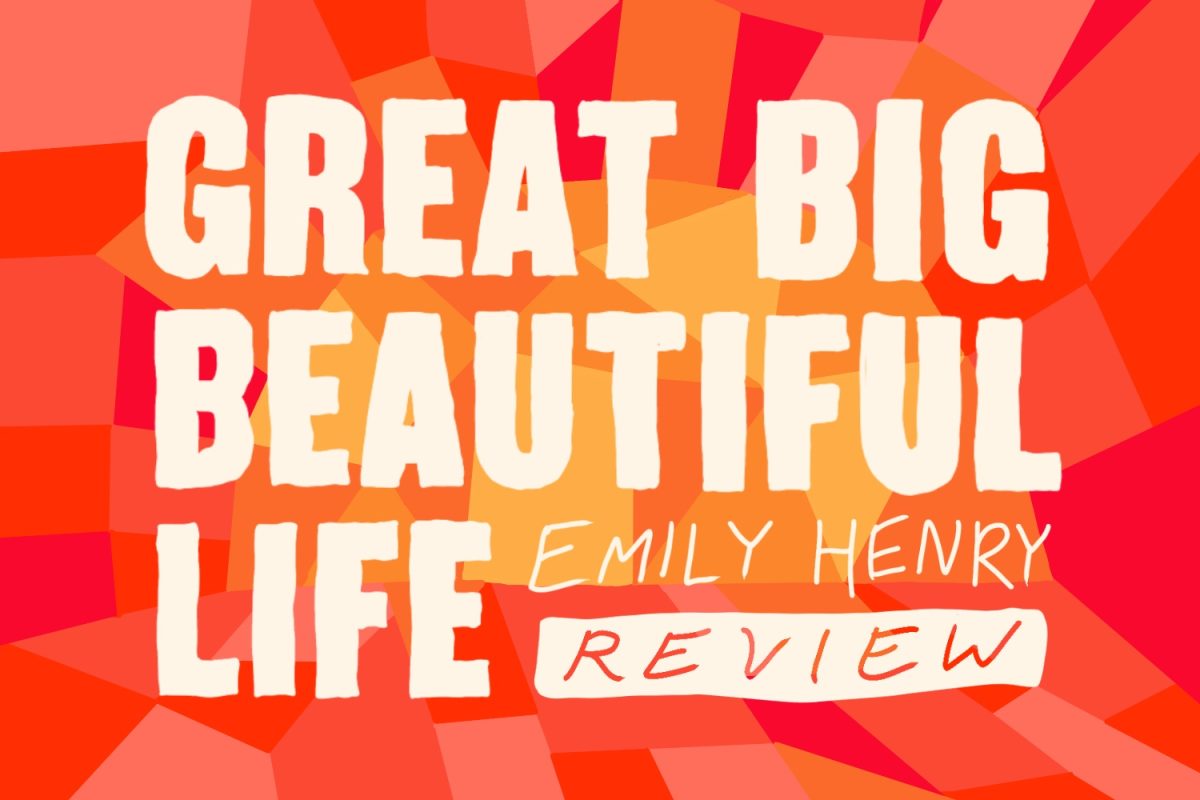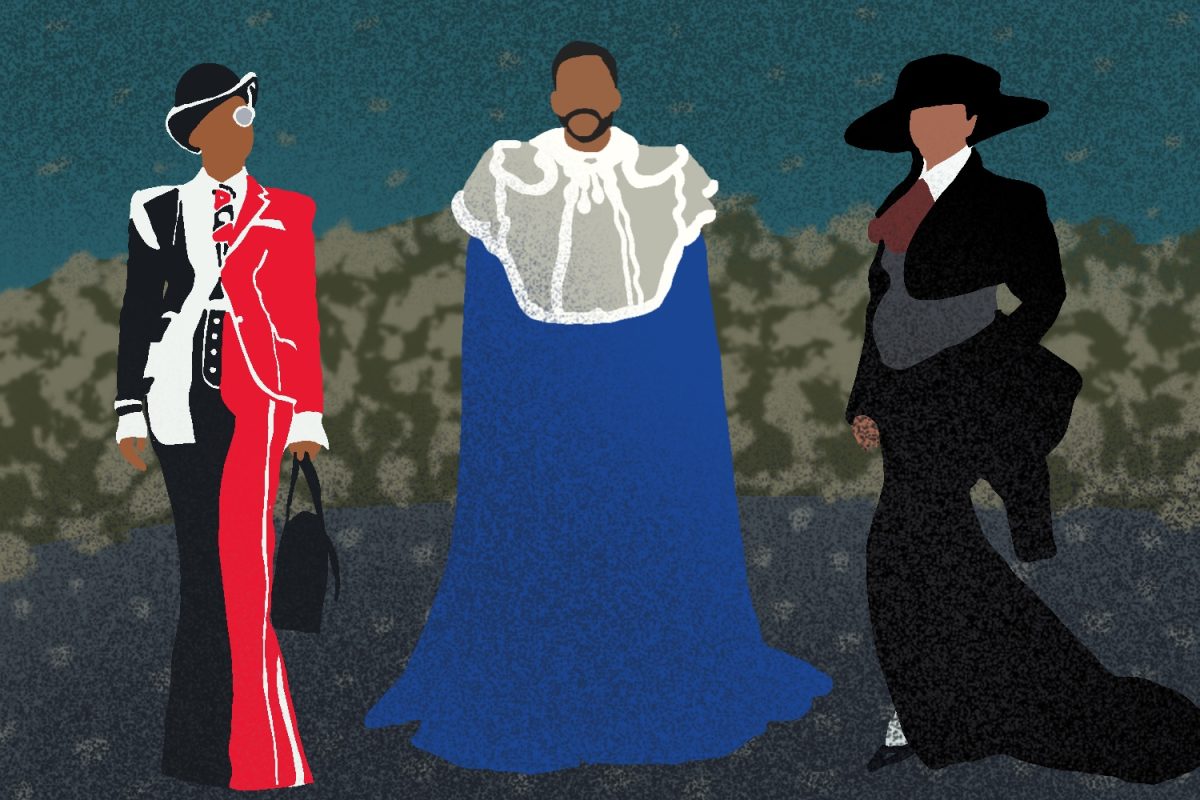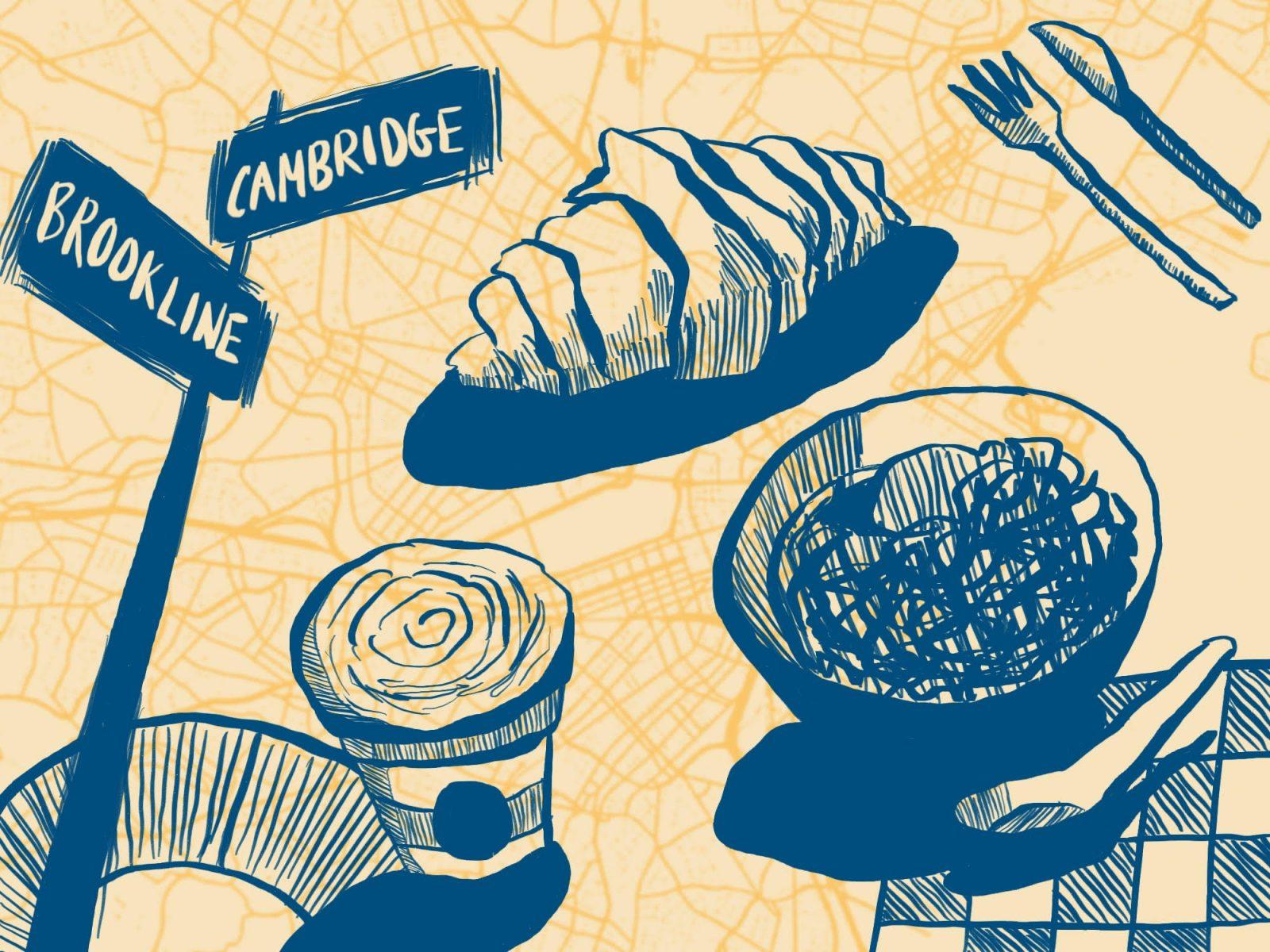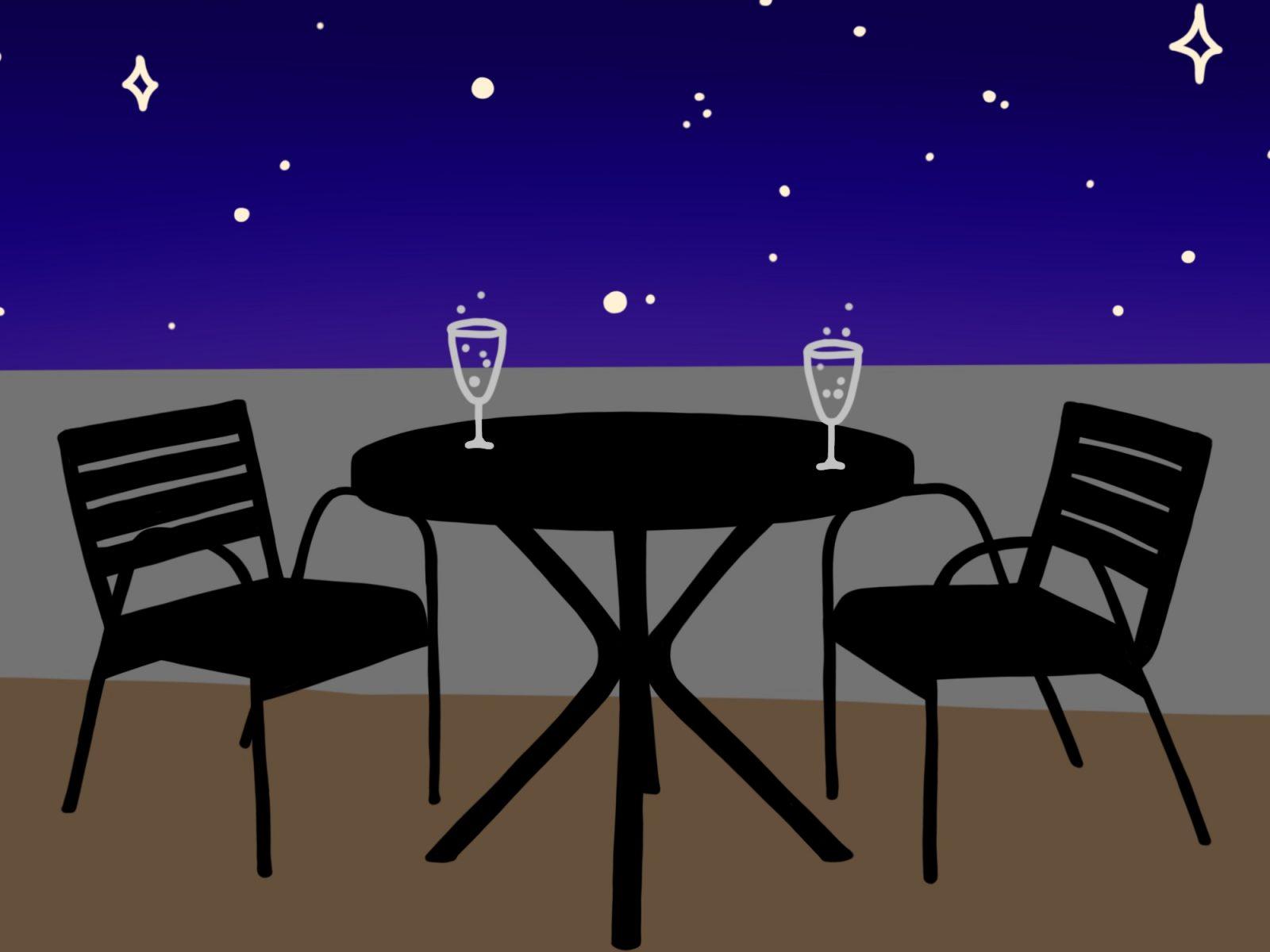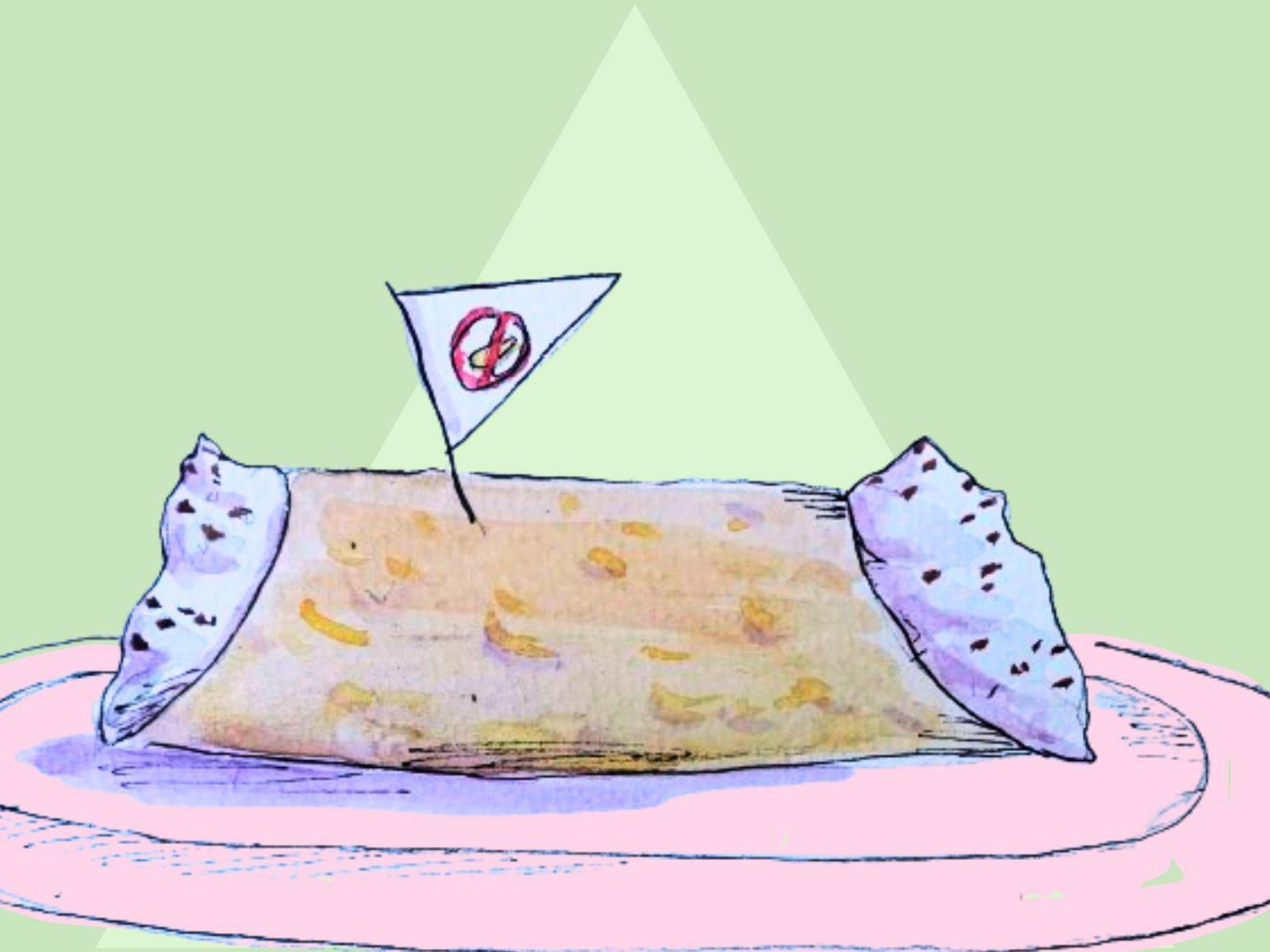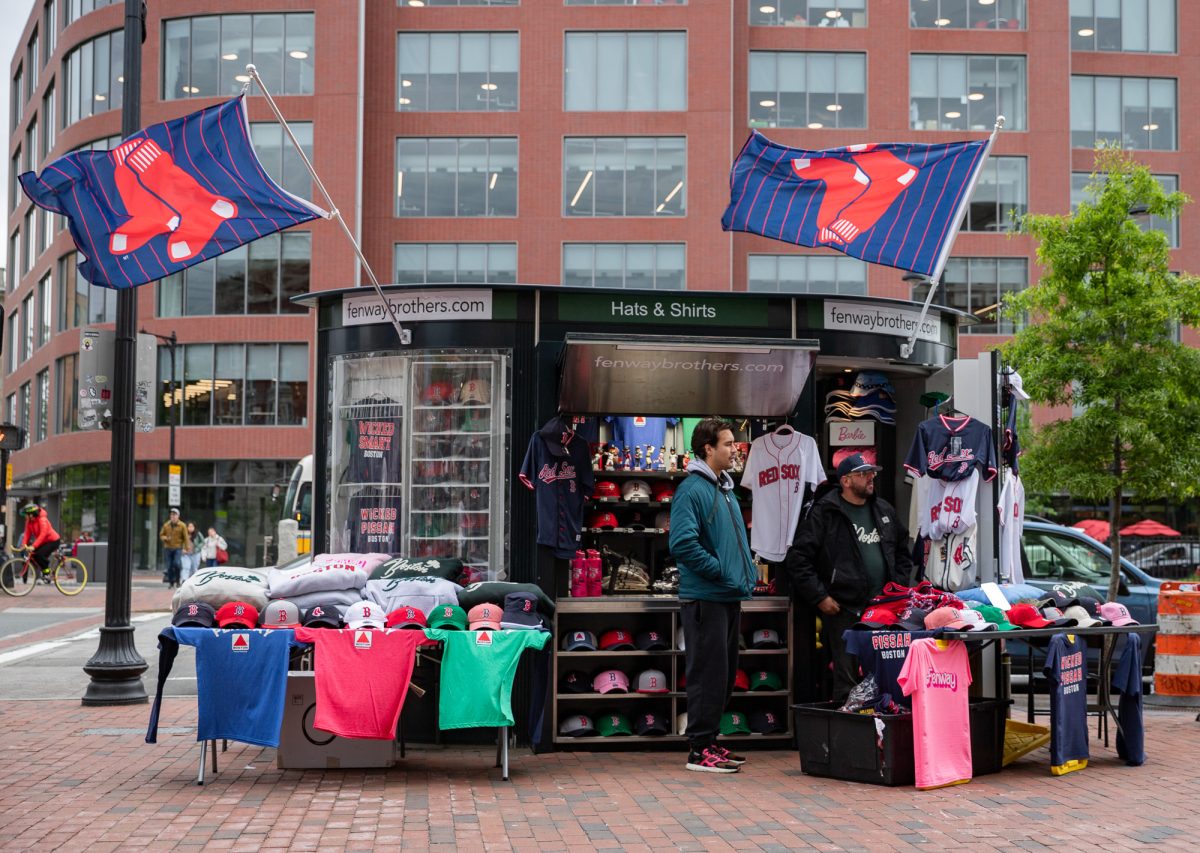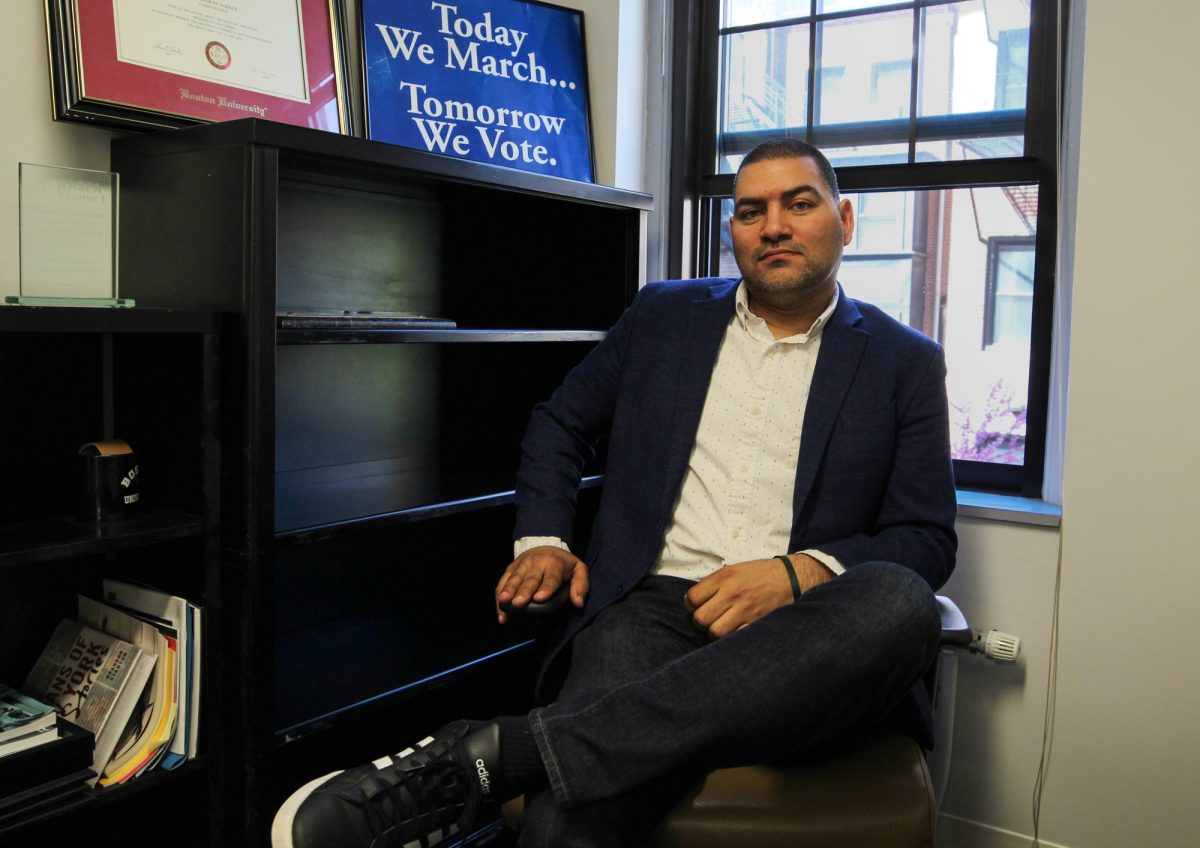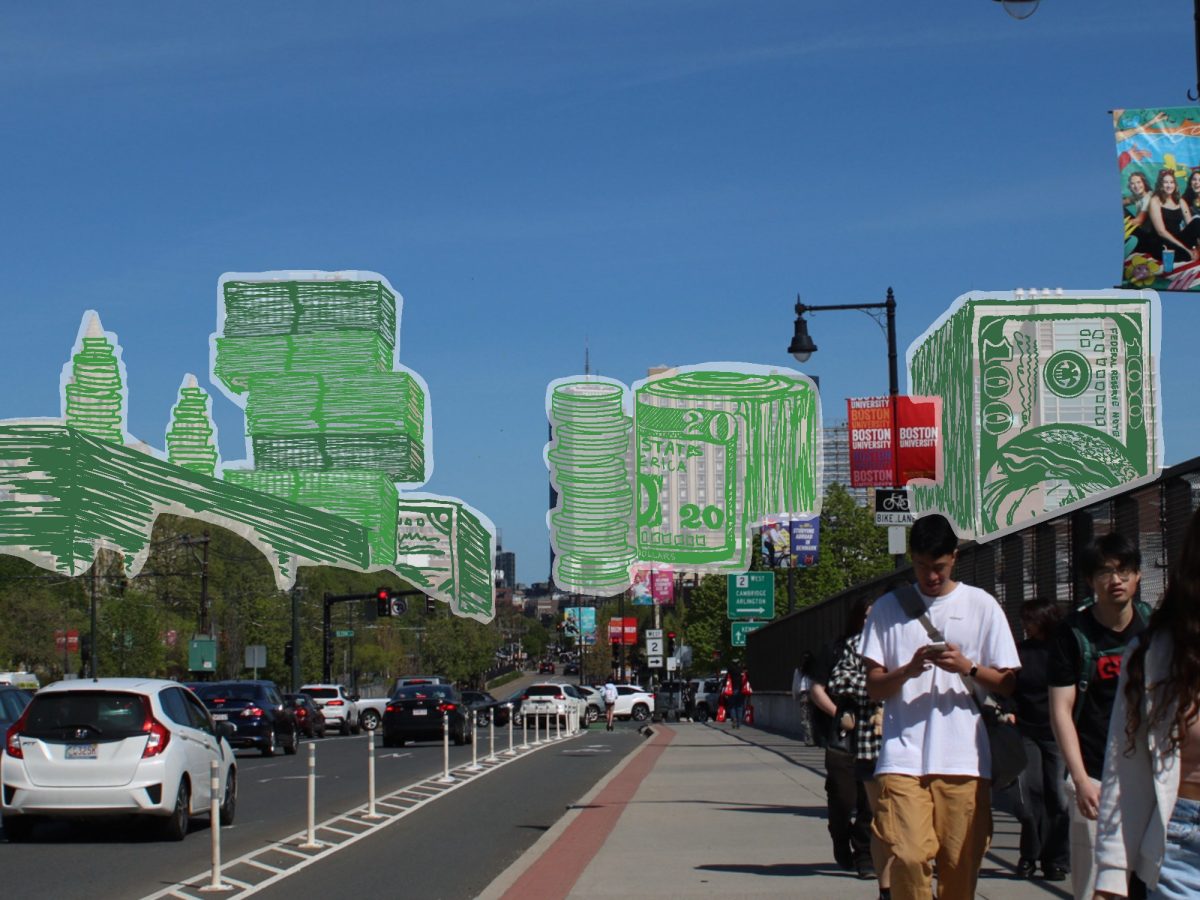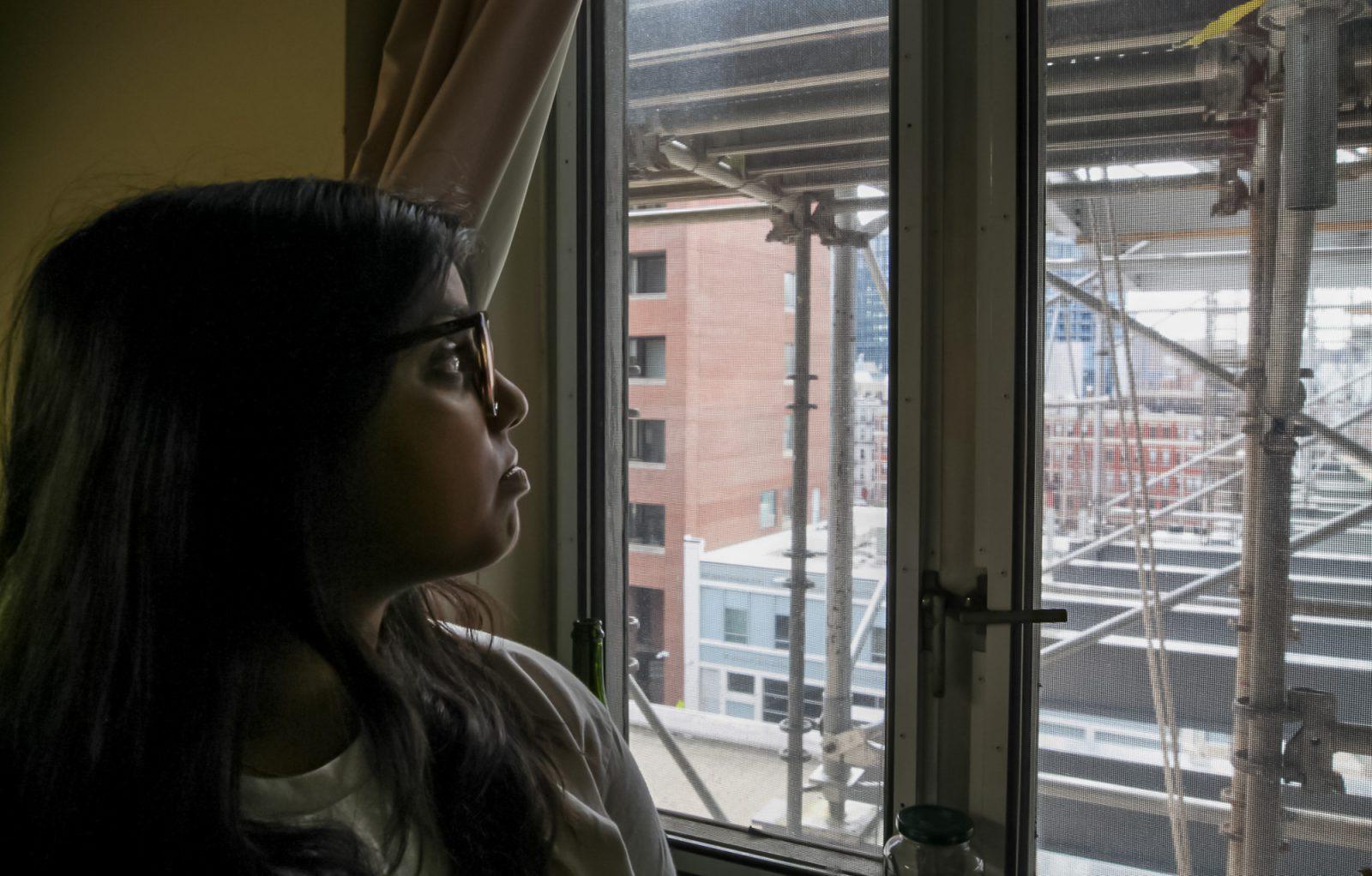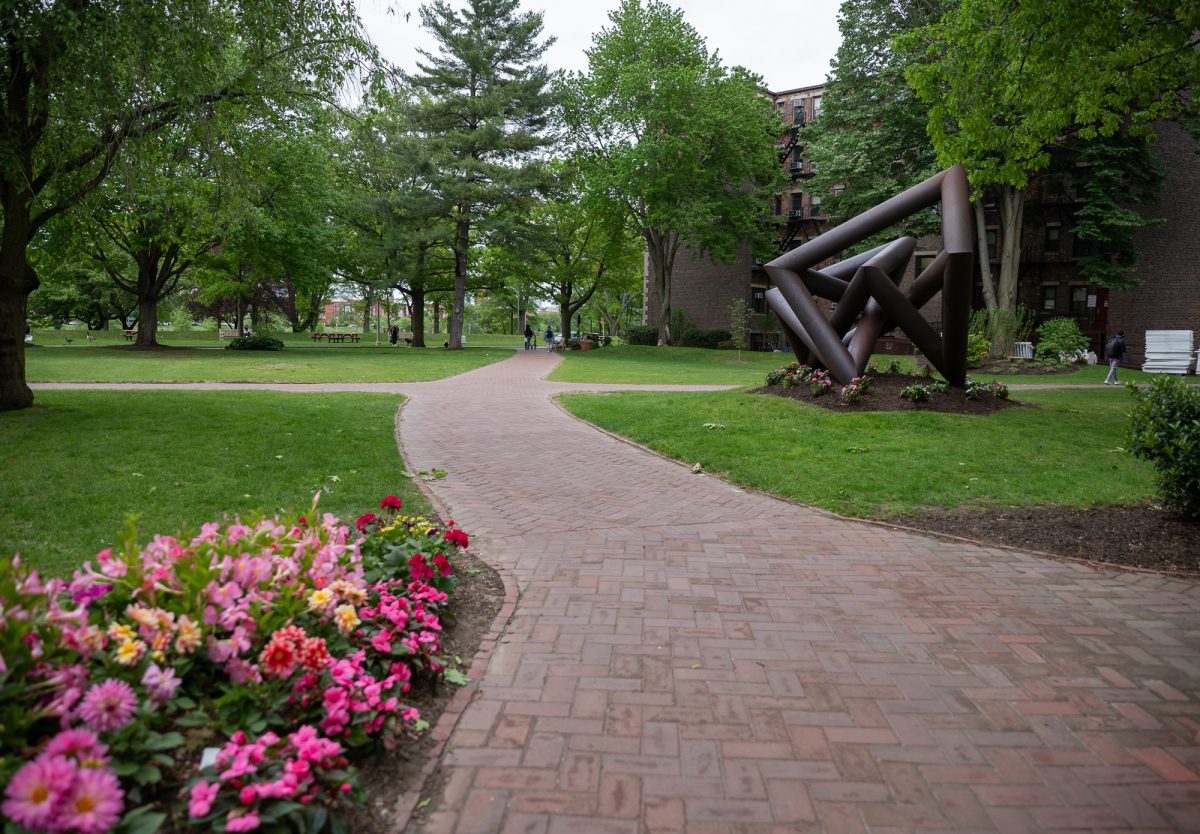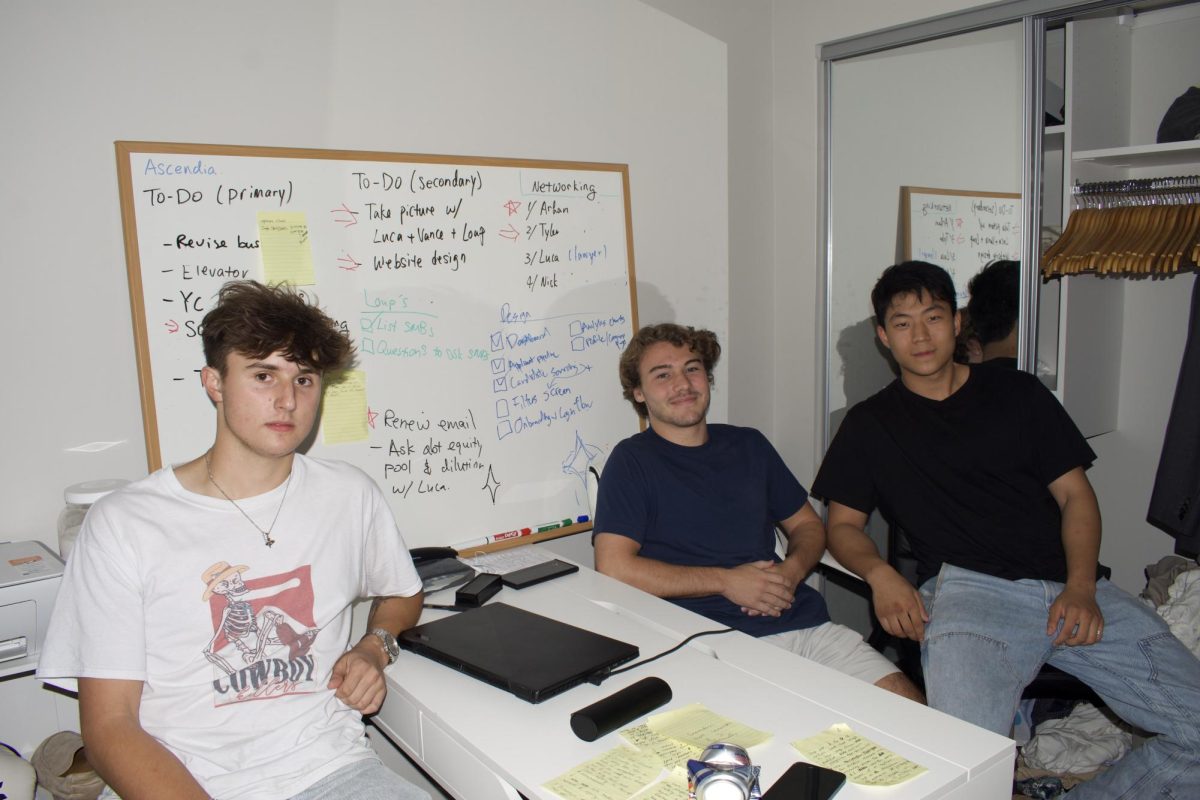In the center of the wall of a new exhibit in the Museum of Fine Arts, the curators’ text reads:
“Whether it’s watching a true crime Netflix documentary, thinking of a passed family dog or squashing a bug—we are constantly reminded that death is a part of life.”
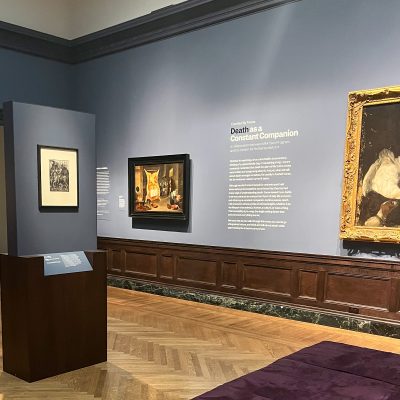
This is “Death as a Constant Companion,” an exhibit curated by five high school students from the Boston area.
Despite the natural instinct to shy away from the topic, death is brought to the forefront of the recently opened exhibit, as a part of the Curatorial Study Hall program at the MFA.
The exhibit ad is open until Nov. 30, according to the MFA’s website.
The exhibition was created in partnership with the MFA’s Center for Netherlandish Art and was curated over the course of the 2023-2024 school year. It was primarily inspired by the MFA’s collection of 17th century Dutch and Flemish art, said Christopher Atkins, the Van Otterloo-Weatherbie director of the CNA.
“Sometimes, what happens with Museum Studies courses or curatorial academic exercises is that they become thought exercises. You create an imaginary exhibition,” Atkins said. “But we thought, well, what would be better would be to actually create a real thing?”
Atkins described a mutually beneficial relationship between the educators and the teens in the programs. He wanted to learn from the teens, exploring how they interpret the material and art.
“If we want to inspire the next generation, maybe we should actually talk to that generation and meet them where they are,” Atkins said.
During brainstorming, the teens were asked to examine a collection of work and find a common theme.
“We were looking at our pictures and we’re like, ‘Wow, we see death…Why don’t we just make an exhibition about death,’” said Alayssa Diaz, one of the teen curators and a senior at Cristo Rey Boston High School in Dorchester.
She said death is something that pervades our lives, but still remains somewhat a mystery. For Diaz, this exhibit shows that while death can lurk around the corner, “you can look at it many ways.”
Boston University freshman Rafaela Datel, who attended Brookline High School while she was in the program, added that the group’s thematic focus was on the “cyclicality” of the passage of time and death.
“We wanted to explore the idea of death and sort of all the forms that death could take, so we thought of it as a companion, sort of as a friend,” Datel said.
The response to the exhibit has been “overwhelmingly positive,” said Ruby Rosenwasser, the curatorial study hall coordinator at the MFA. She said she thinks the museum will see a lot more engagement as the exhibit is integrated into the tours and more school groups see their peers’ work.
“I think [the program] brings in youth perspectives that are so needed and so missing from the walls of this institution,” Rosenwasser said. “At the end of the day, our visitors want to feel seen and heard, and the only way that can happen is if we are actively representing those in our community on these walls.”
Diaz said there is an importance of getting the younger generation involved and interested in museums that show history, especially in the age of “anti-intellectualism” where there has been censorship in libraries, defunding of public services and overall lack of teen spaces.
“I think that museums are often thought of as more elitist or high society type of things, traditionally,” Datel said, “So having teenage voices be able to come in and talk about things [that] are just important to us…really makes it feel more personal.”
In addition to selecting all the pieces, organizing the layout and writing all of the labels and thematic statements, the teens insisted that a bench be placed in the center of the room so people could rest and really take in the exhibit, Rosenwasser said.
“Museums are really overwhelming and can get tiring on your body,” she said. “I think it was really considerate of them to bring something like this into the fold.”
In front of the bench, the description on the wall continues, “When we talk about death amongst ourselves, it’s usually in hushed voices. We, for whatever reason, turned it taboo.” This exhibit aims to demystify the topic.
“I want everyone who looks at the exhibition [to think], ‘Wow, death is not something you should be sad about, but something you should be curious about,’” Diaz said.

